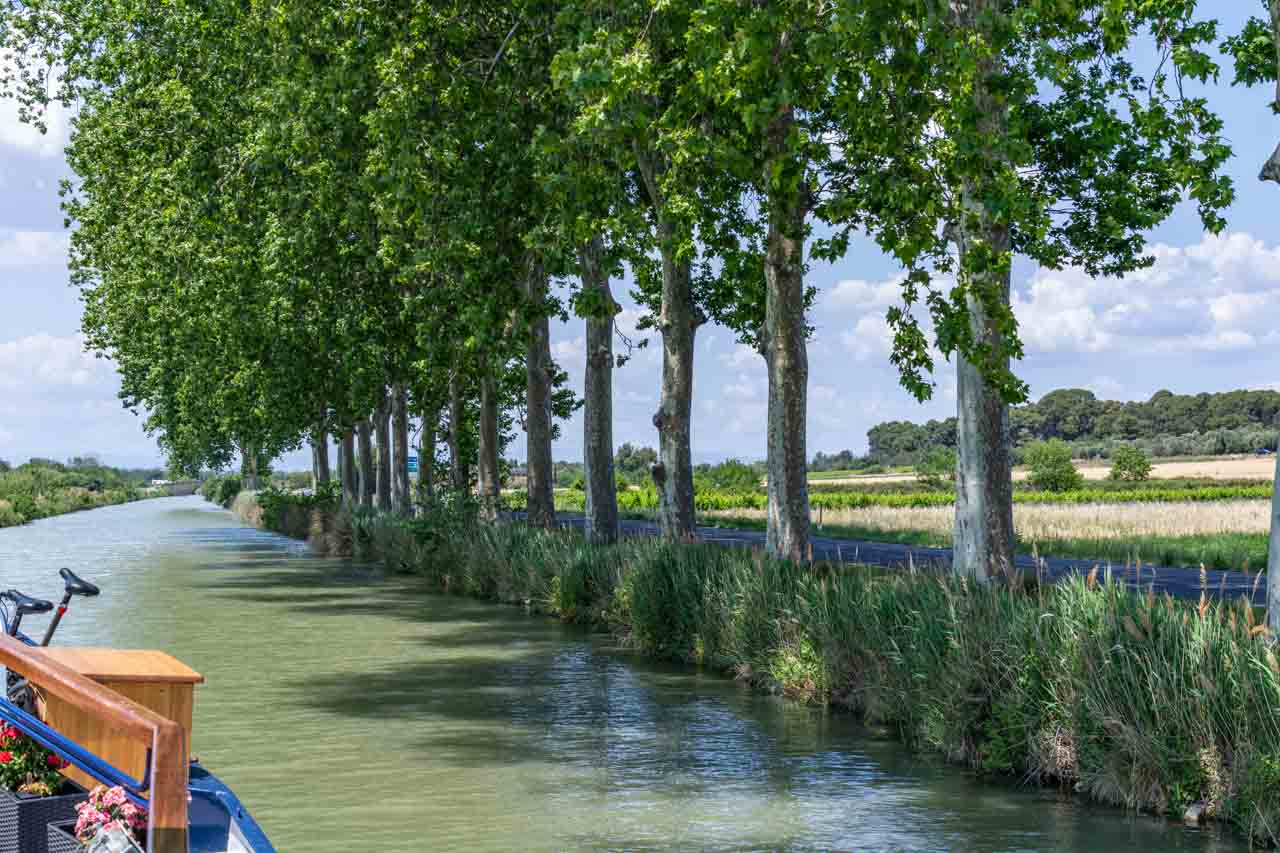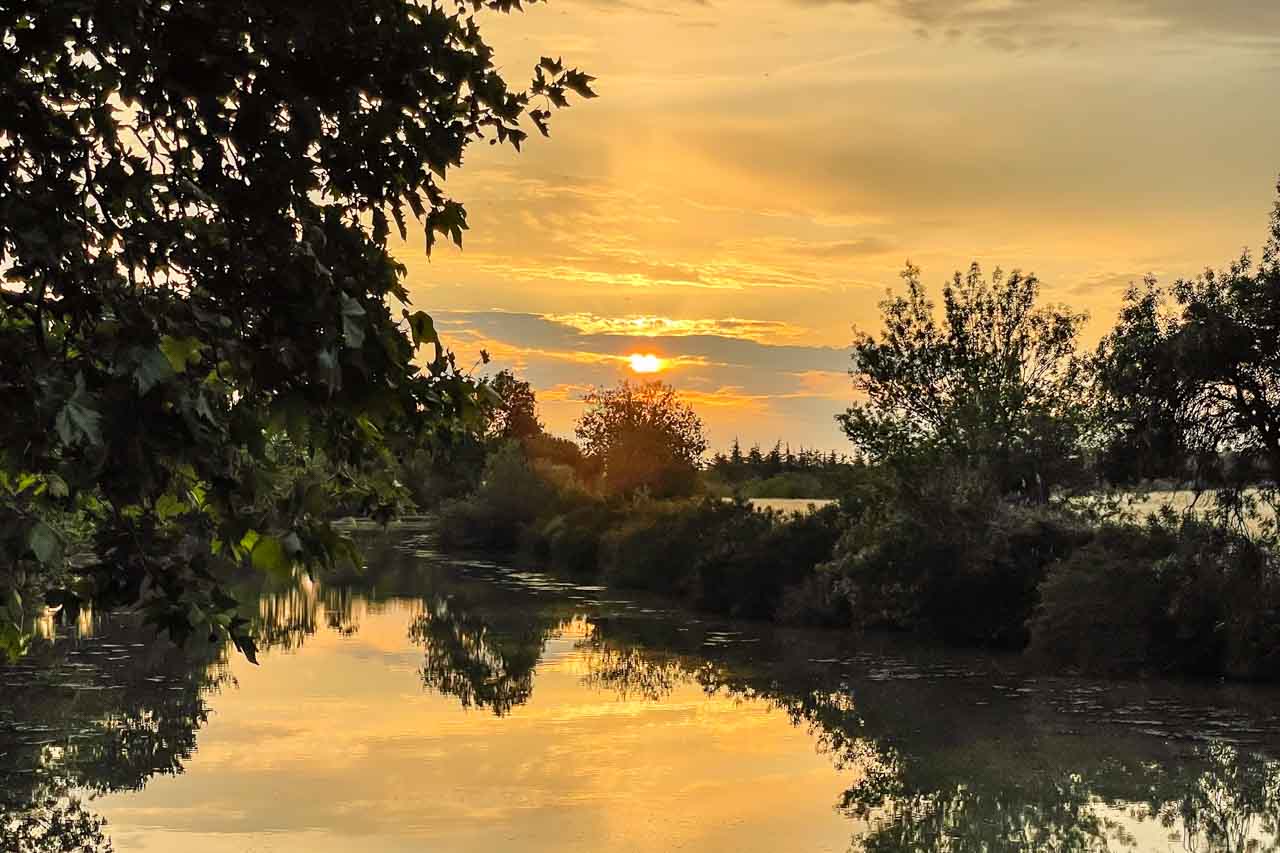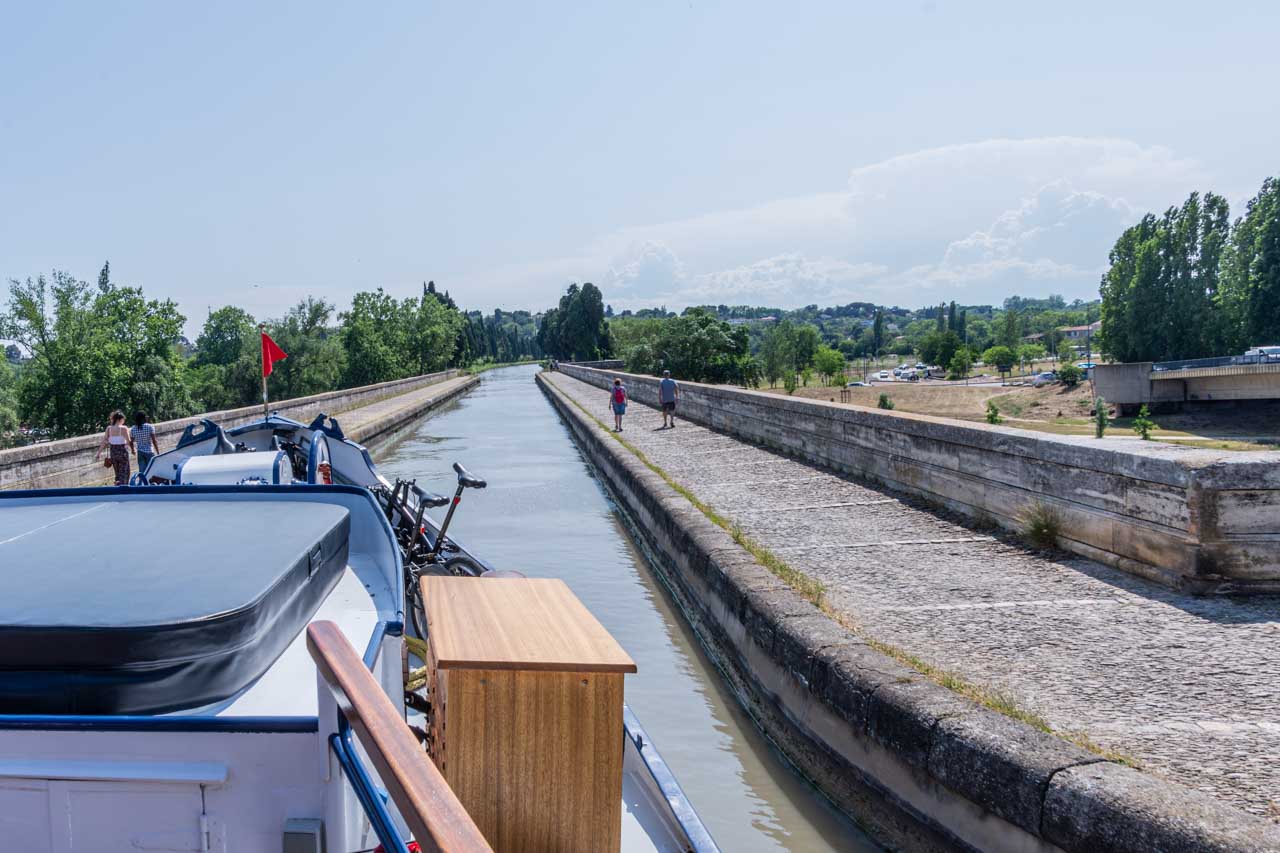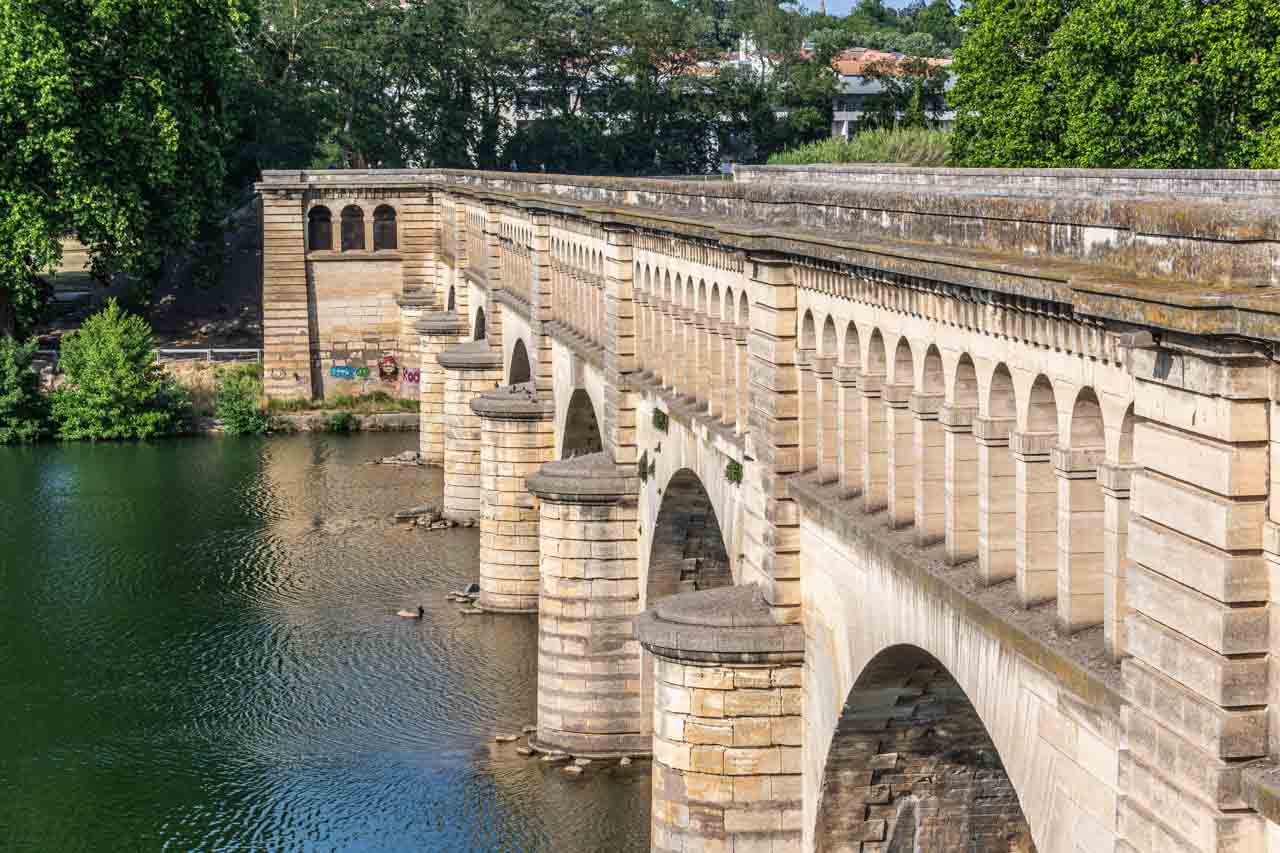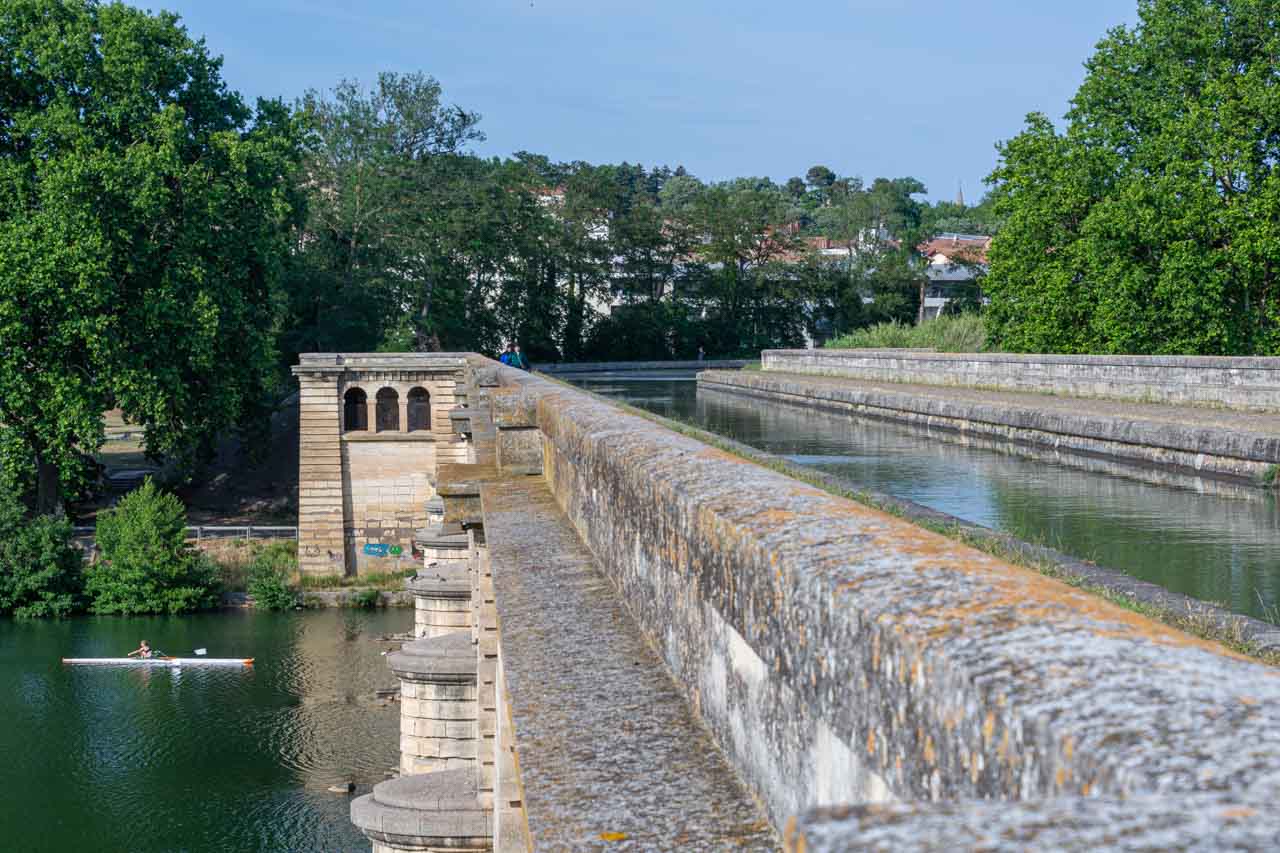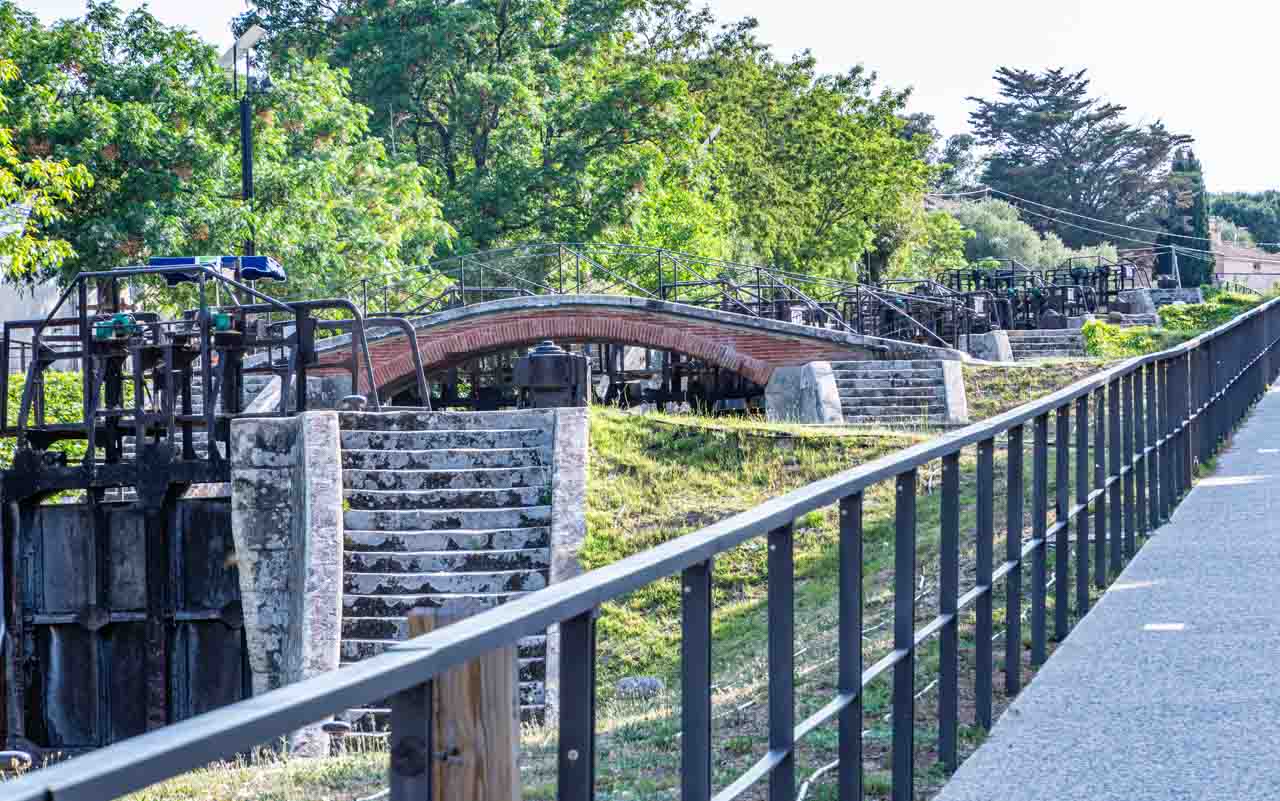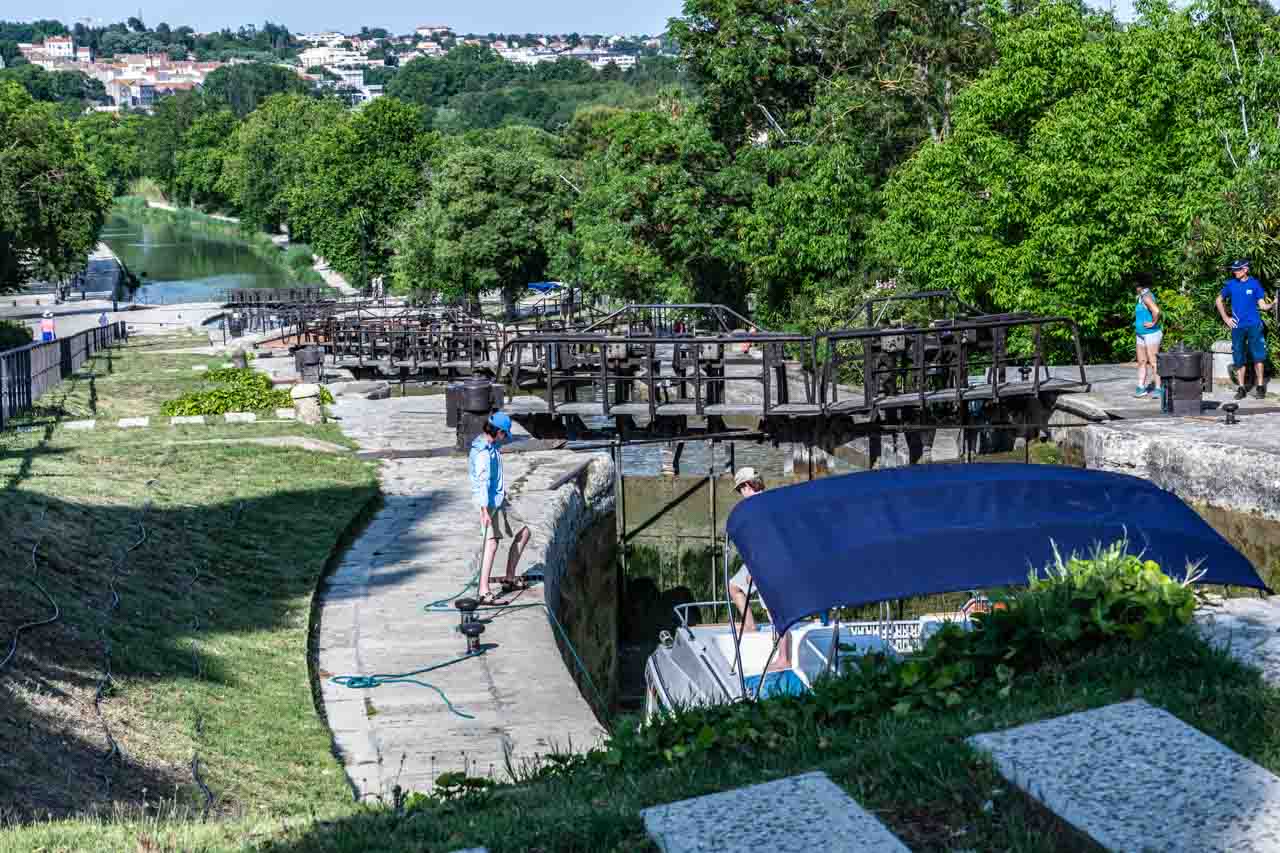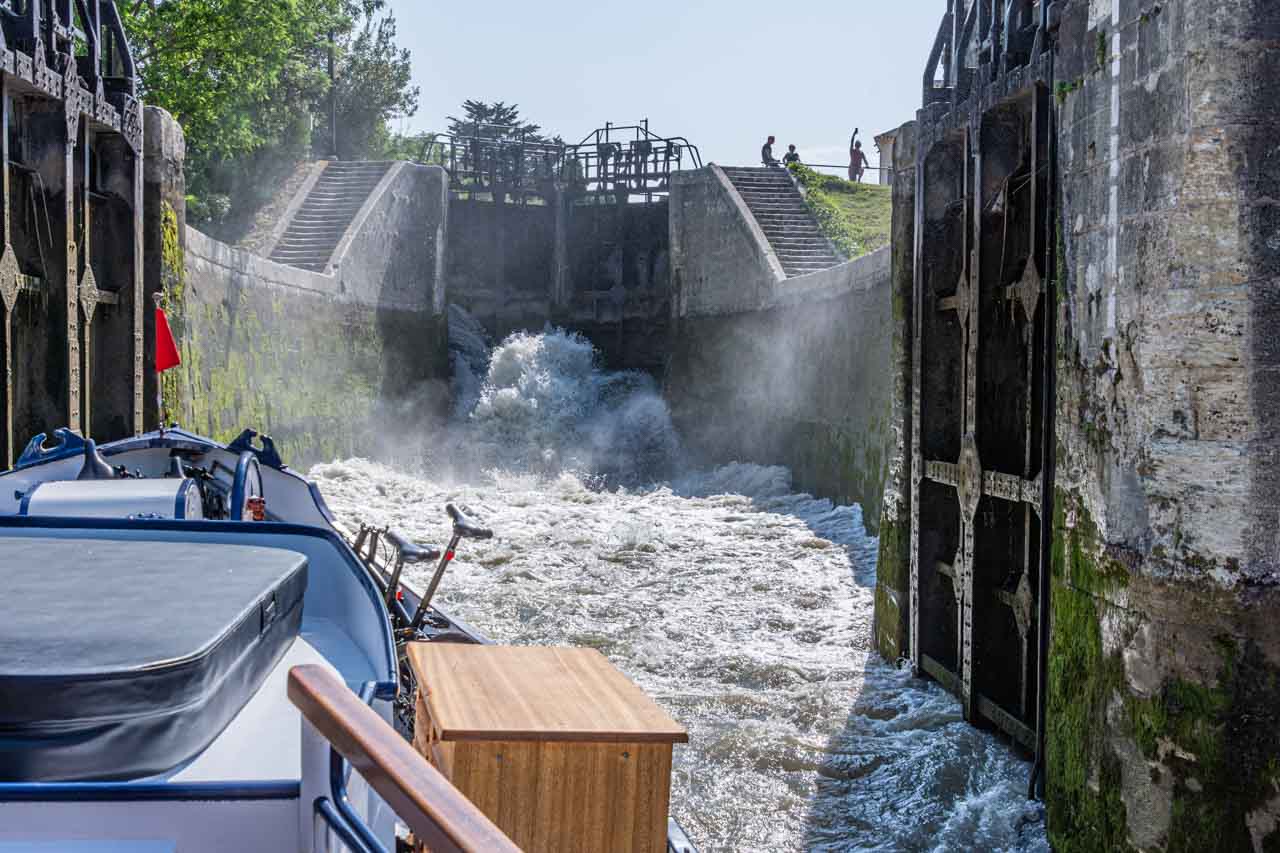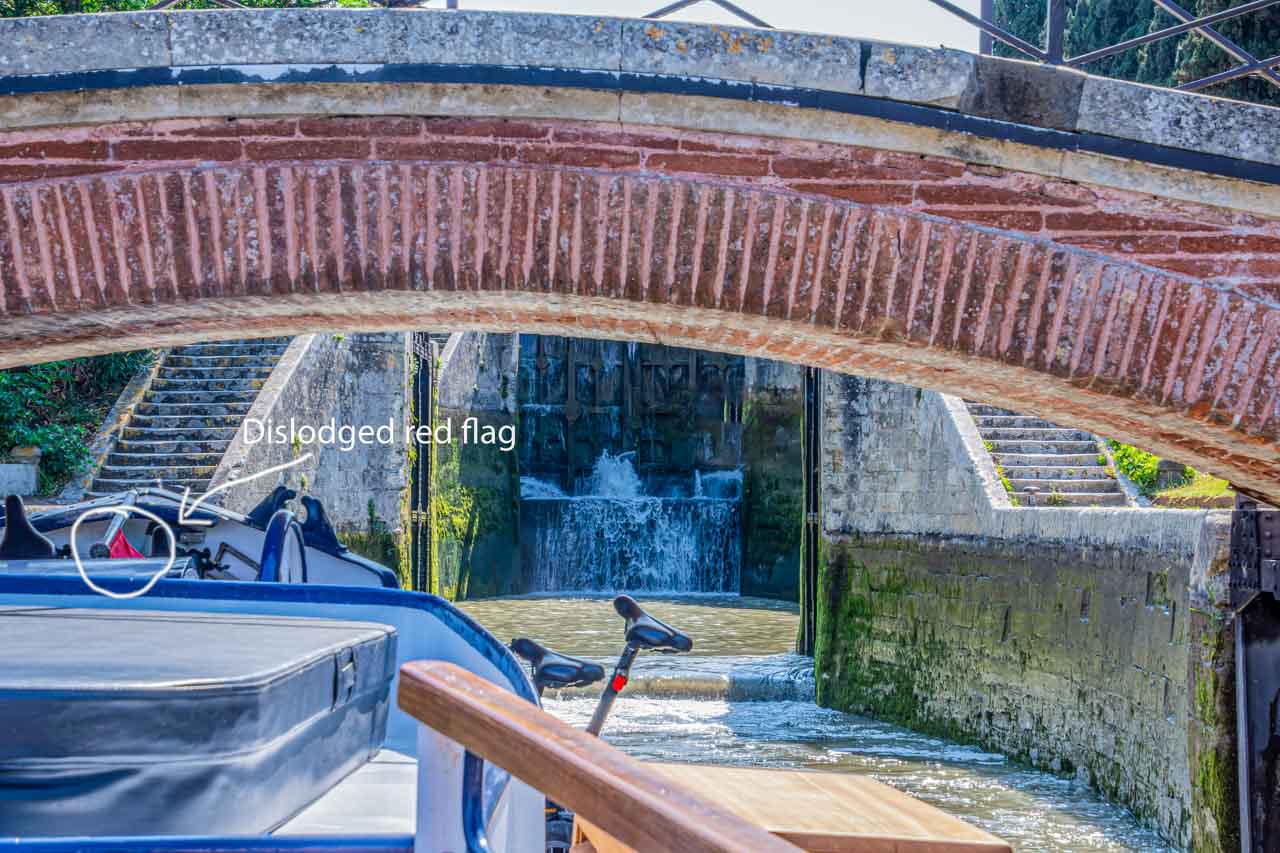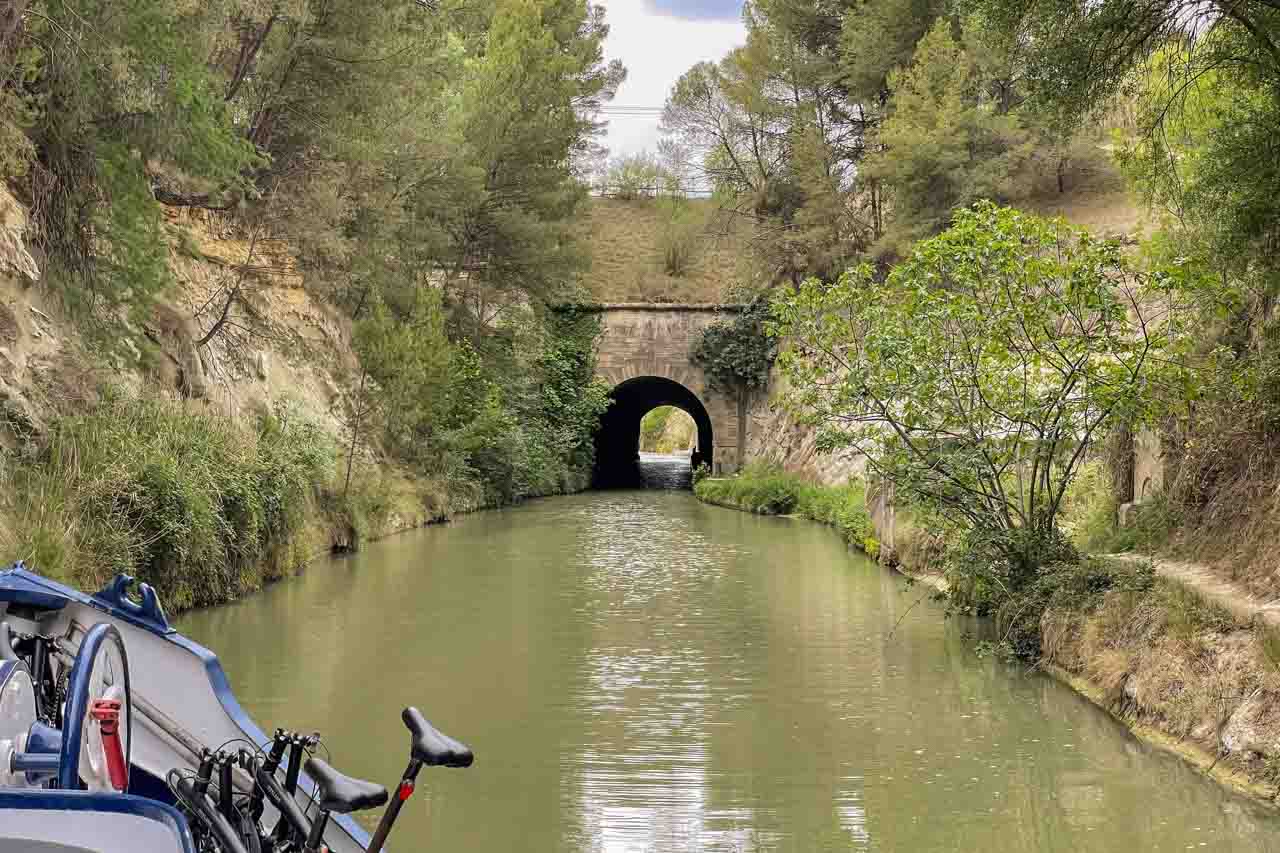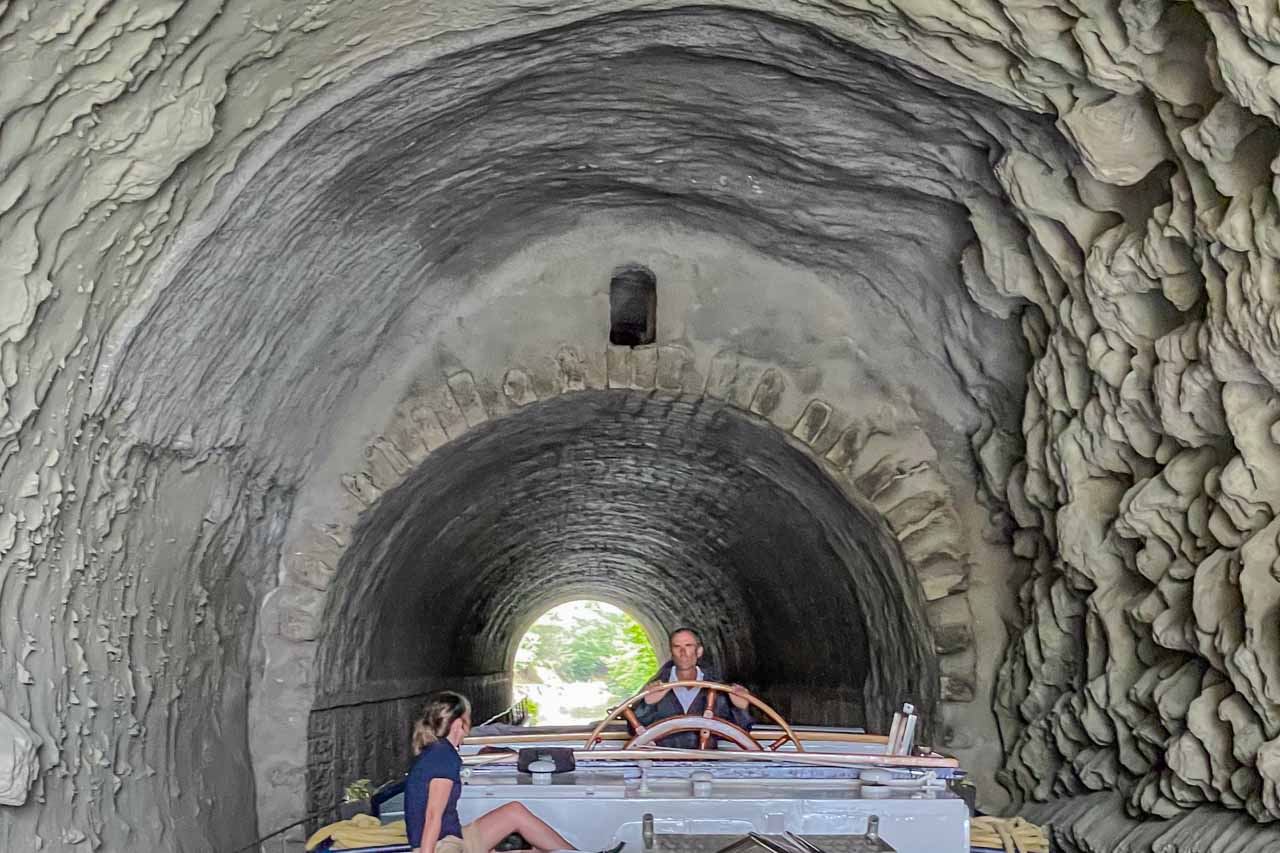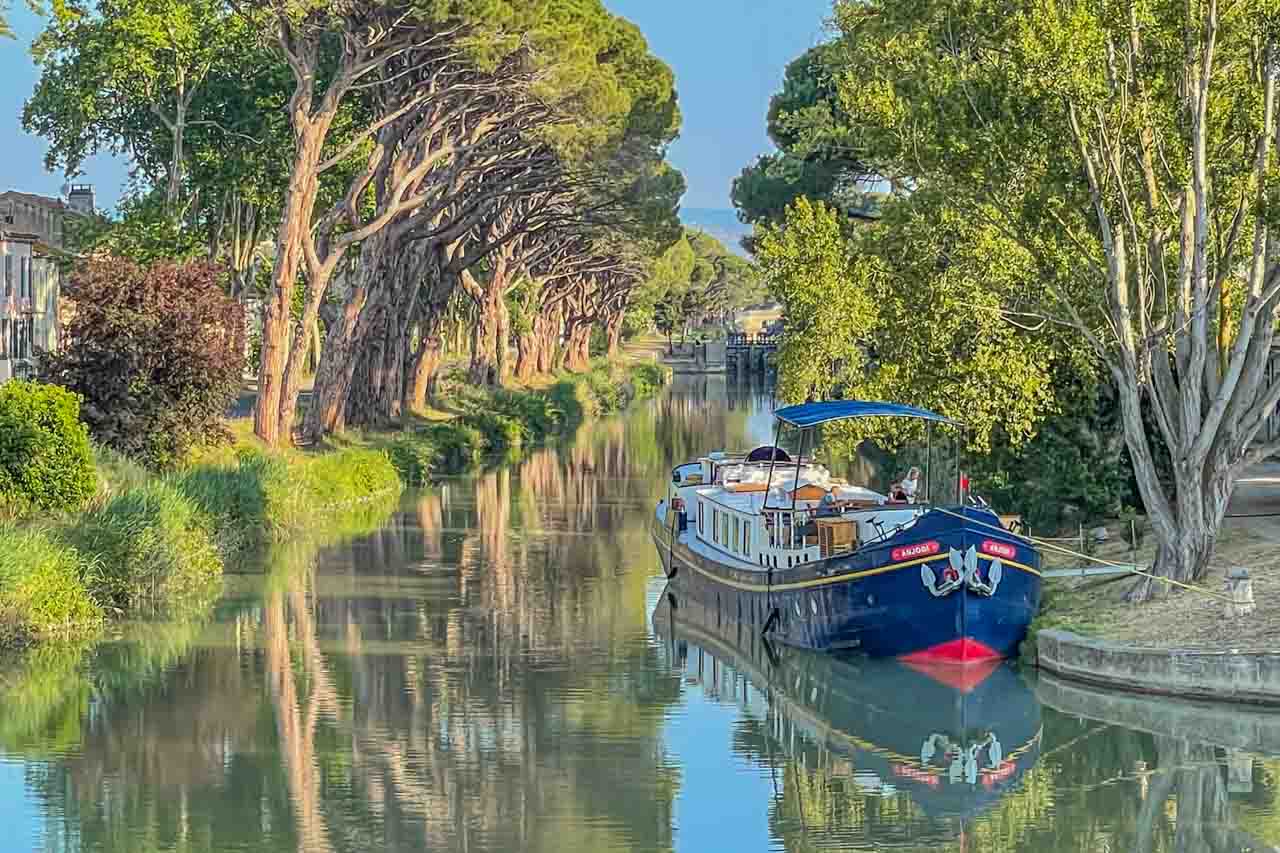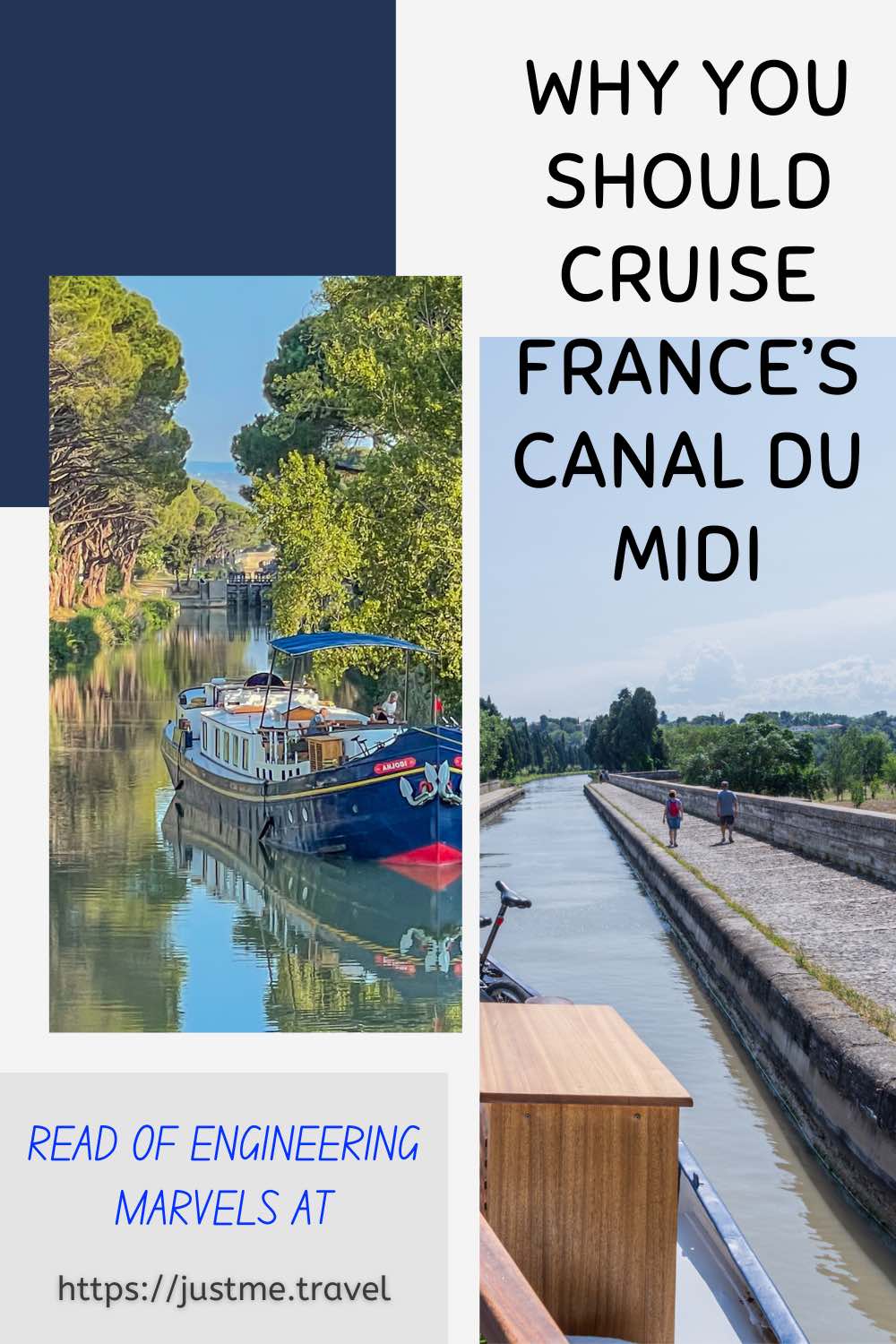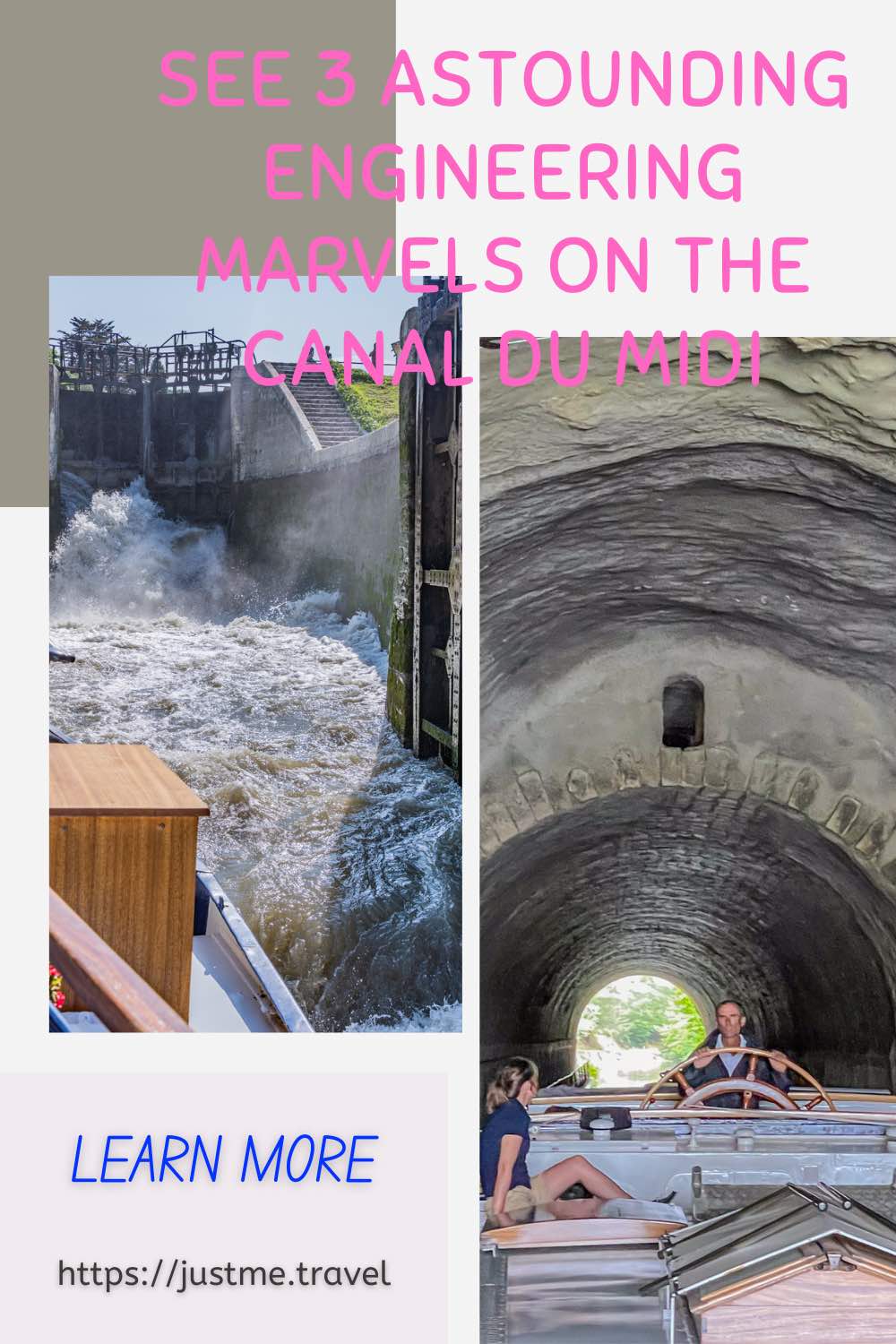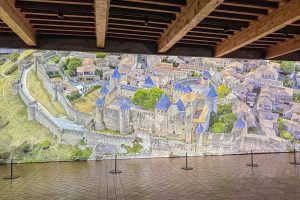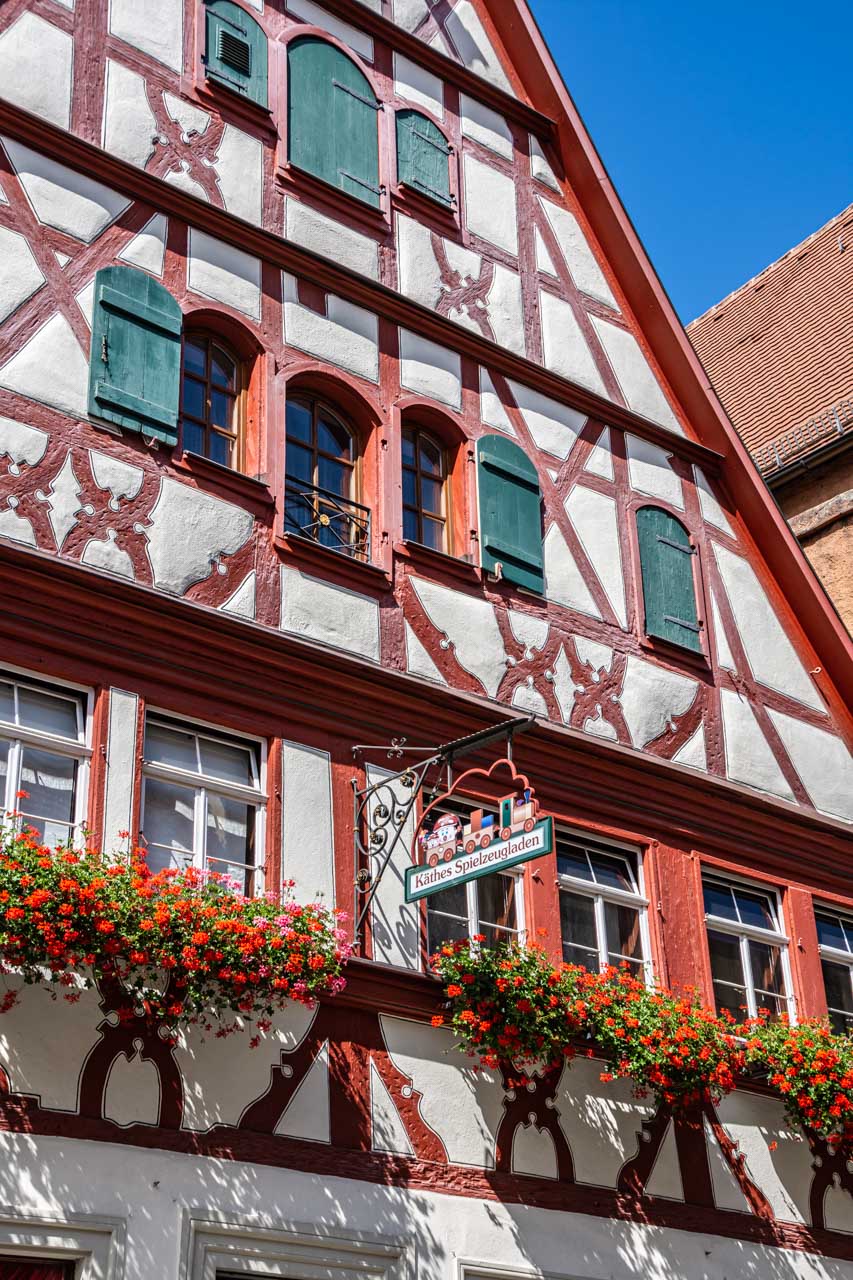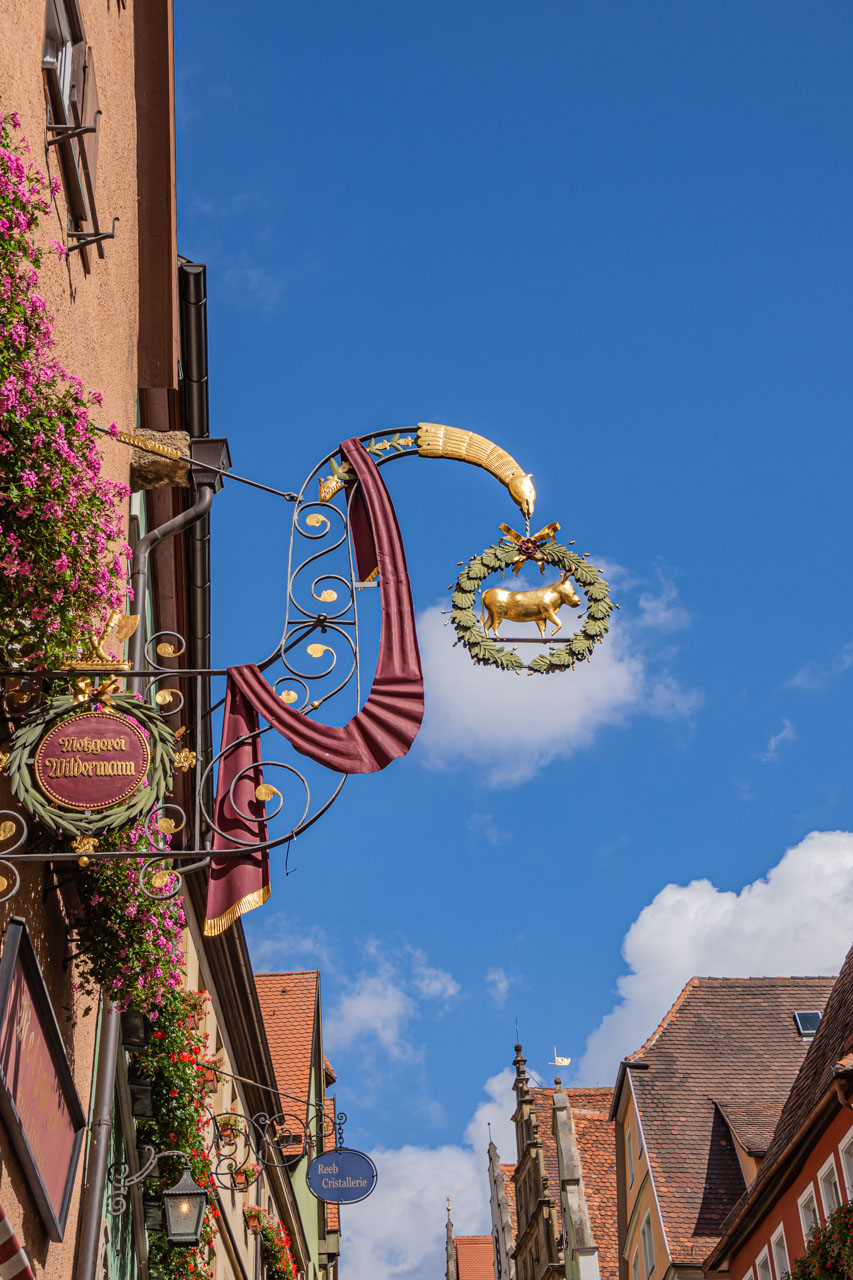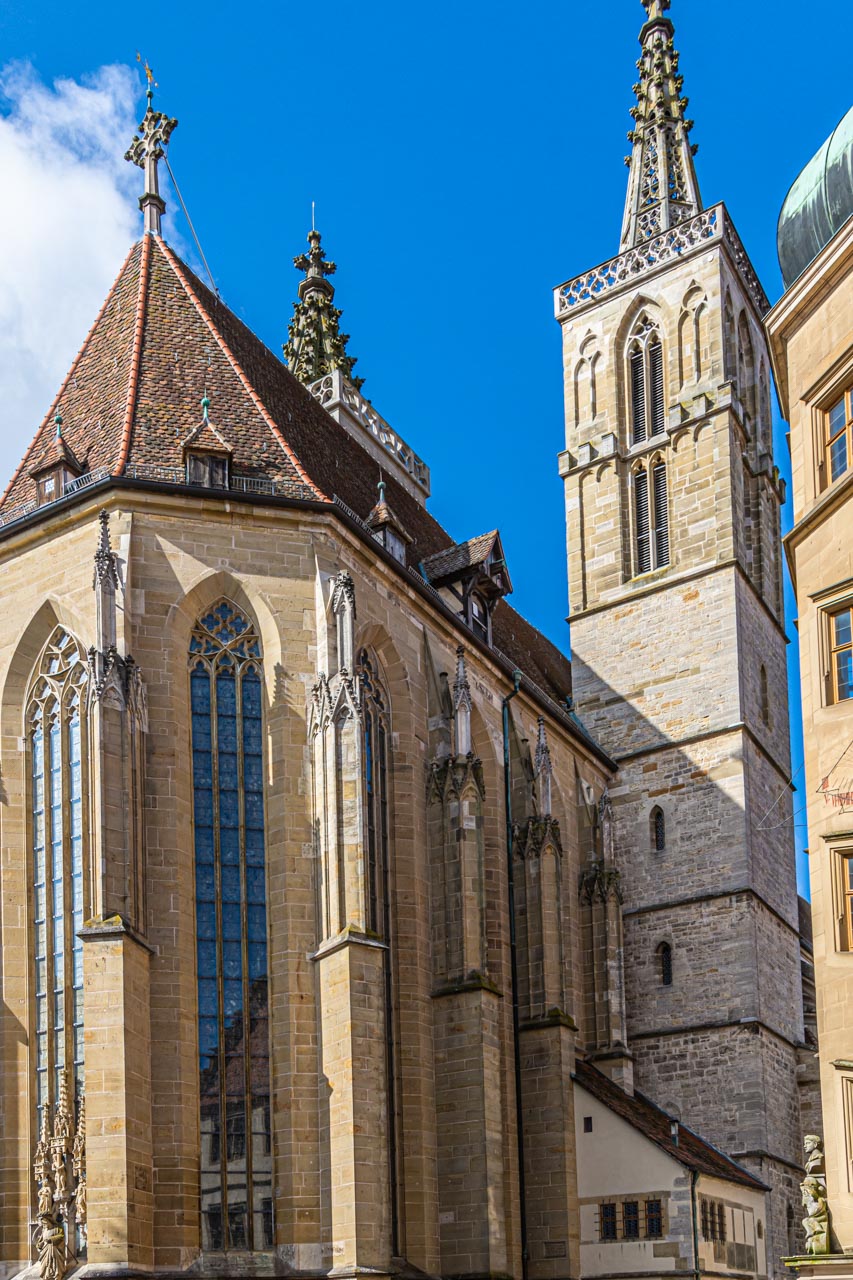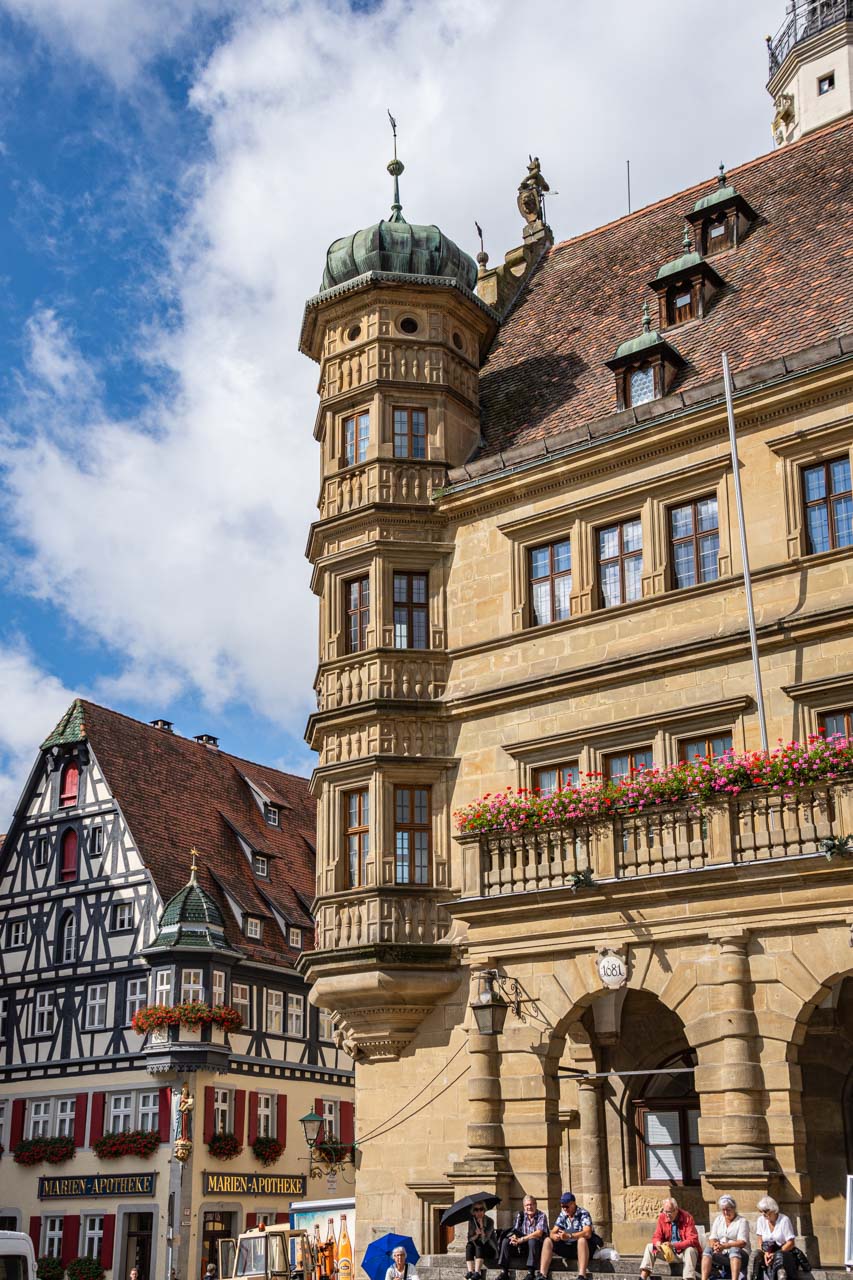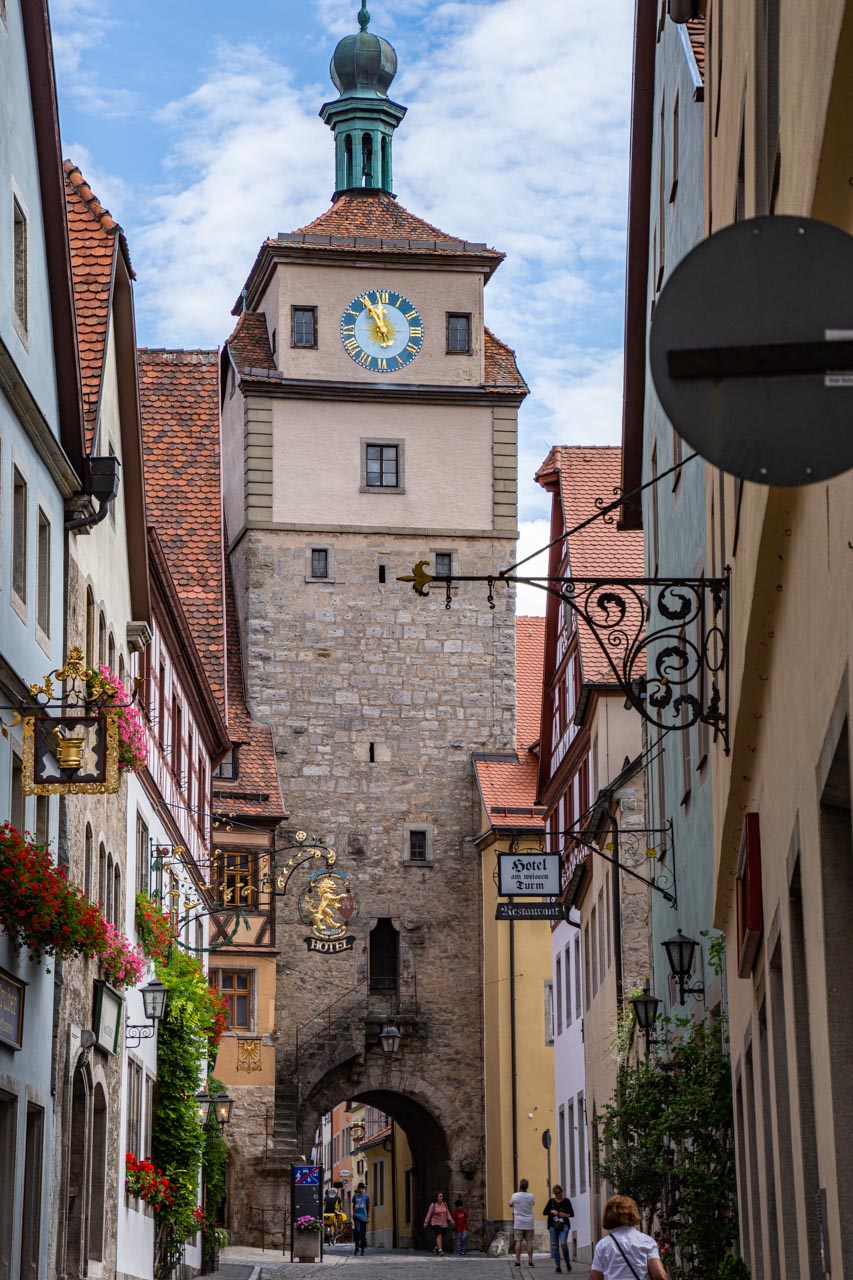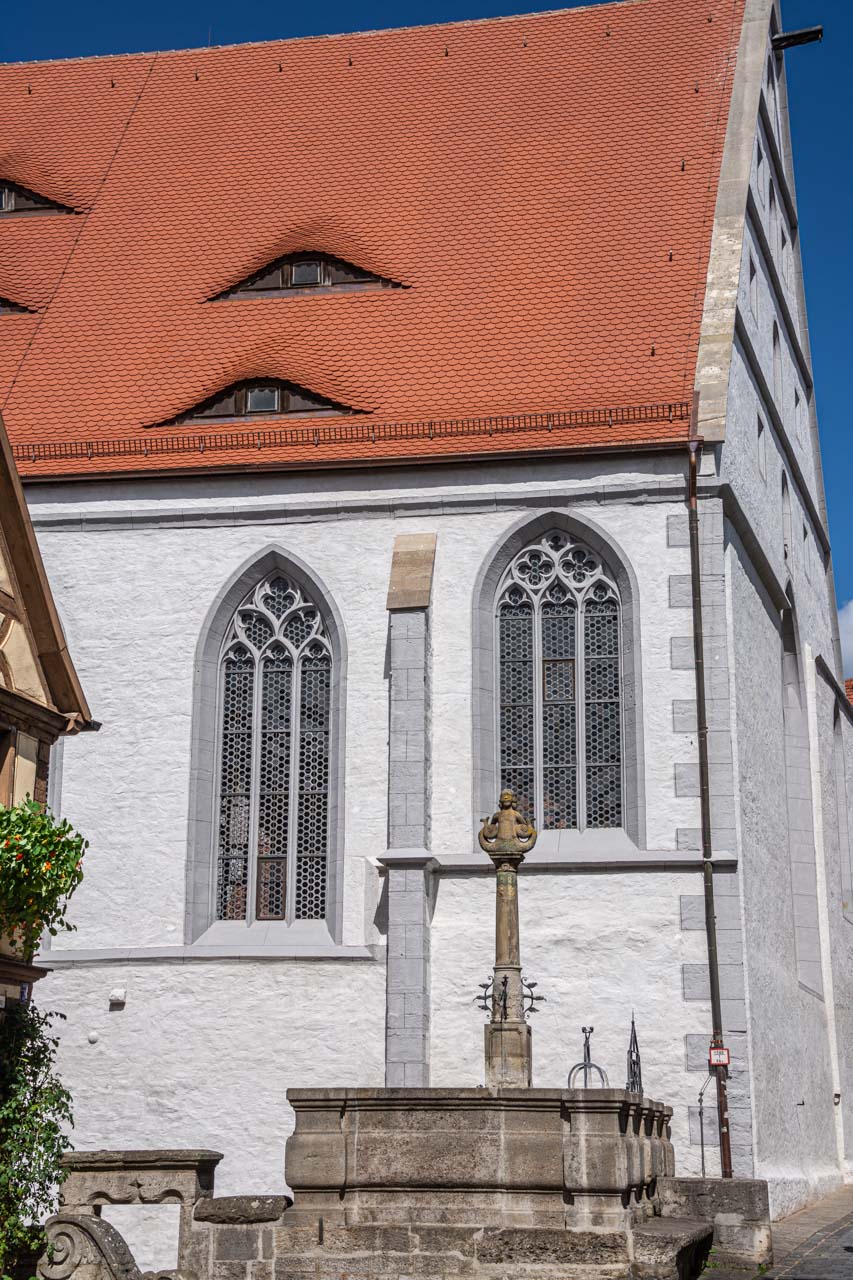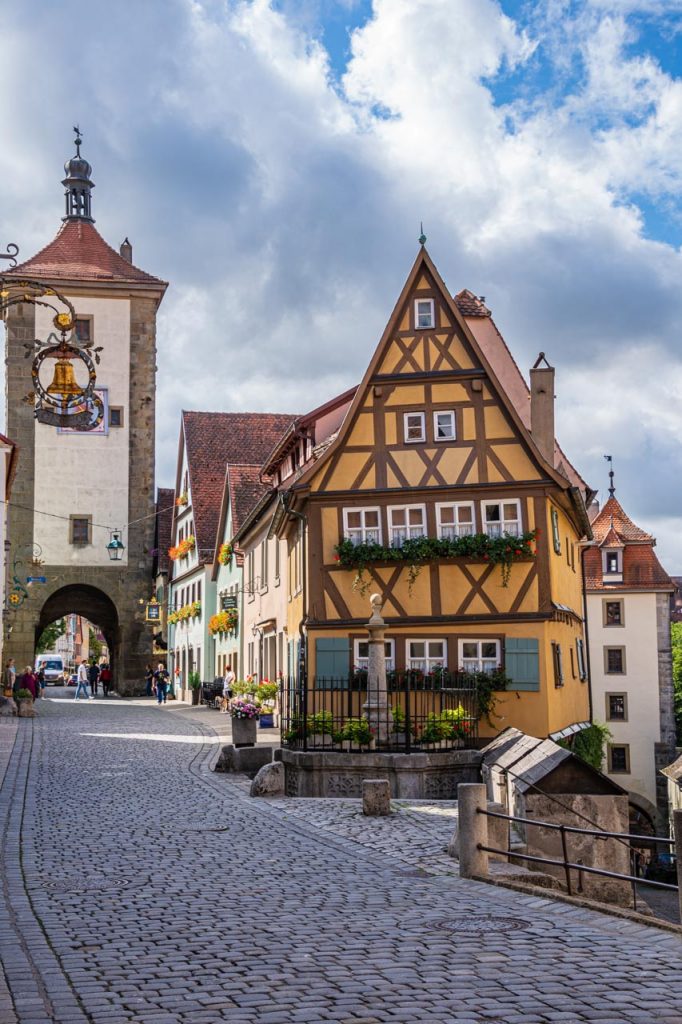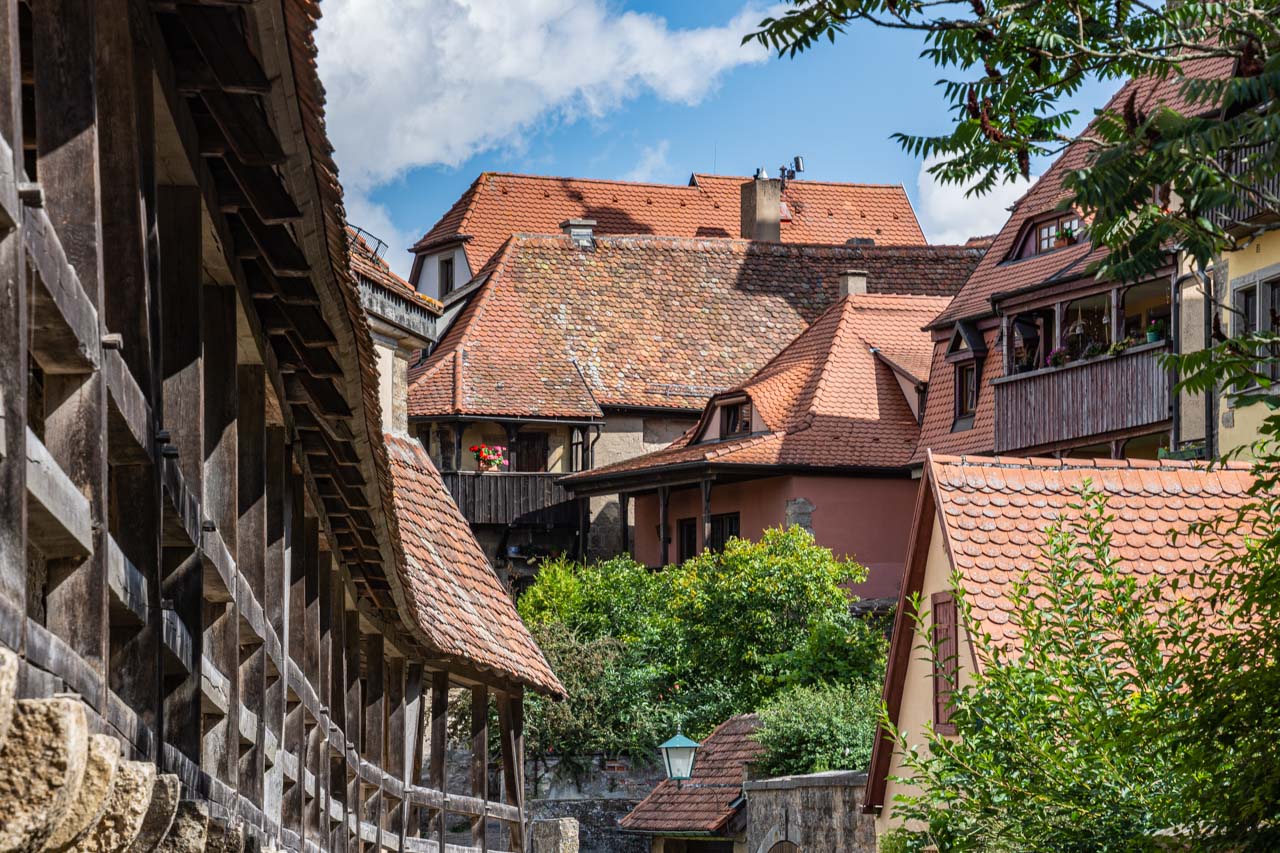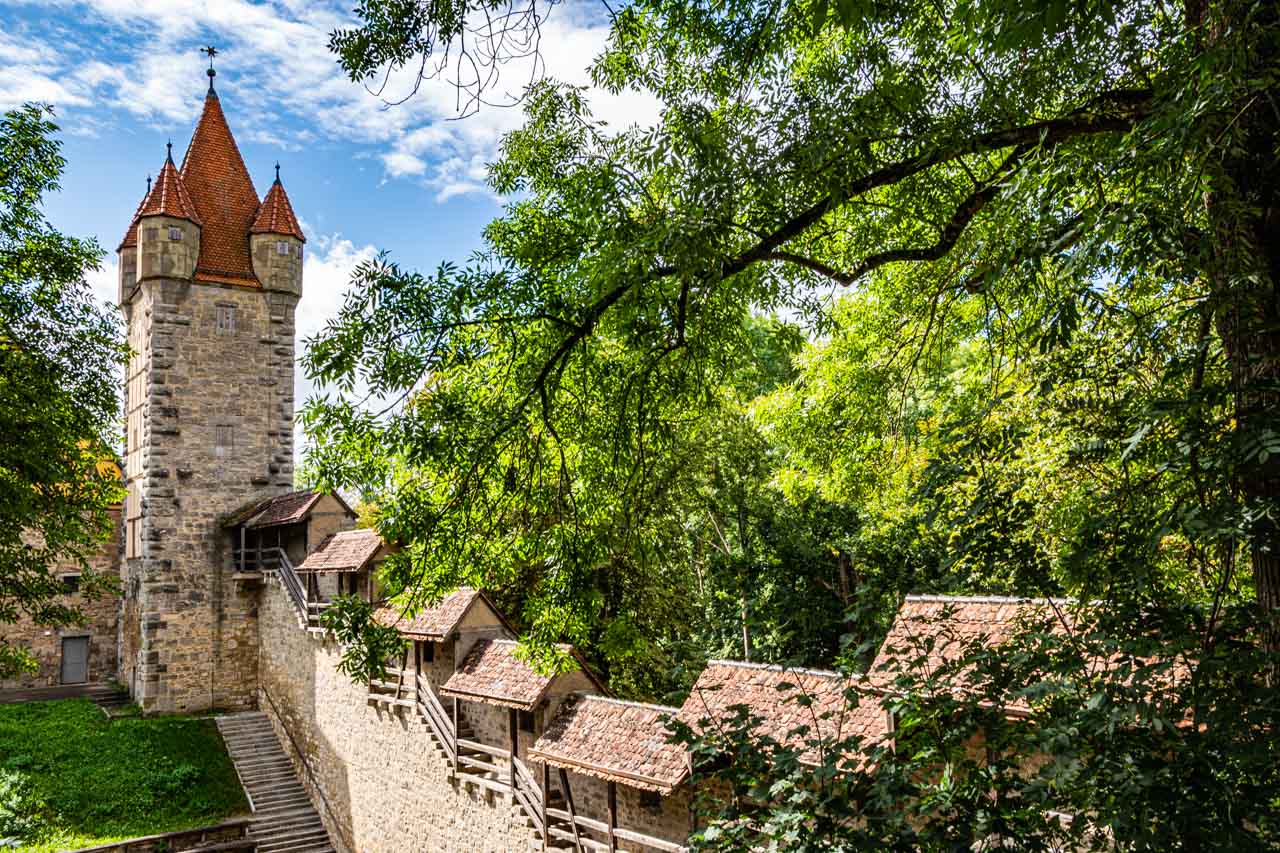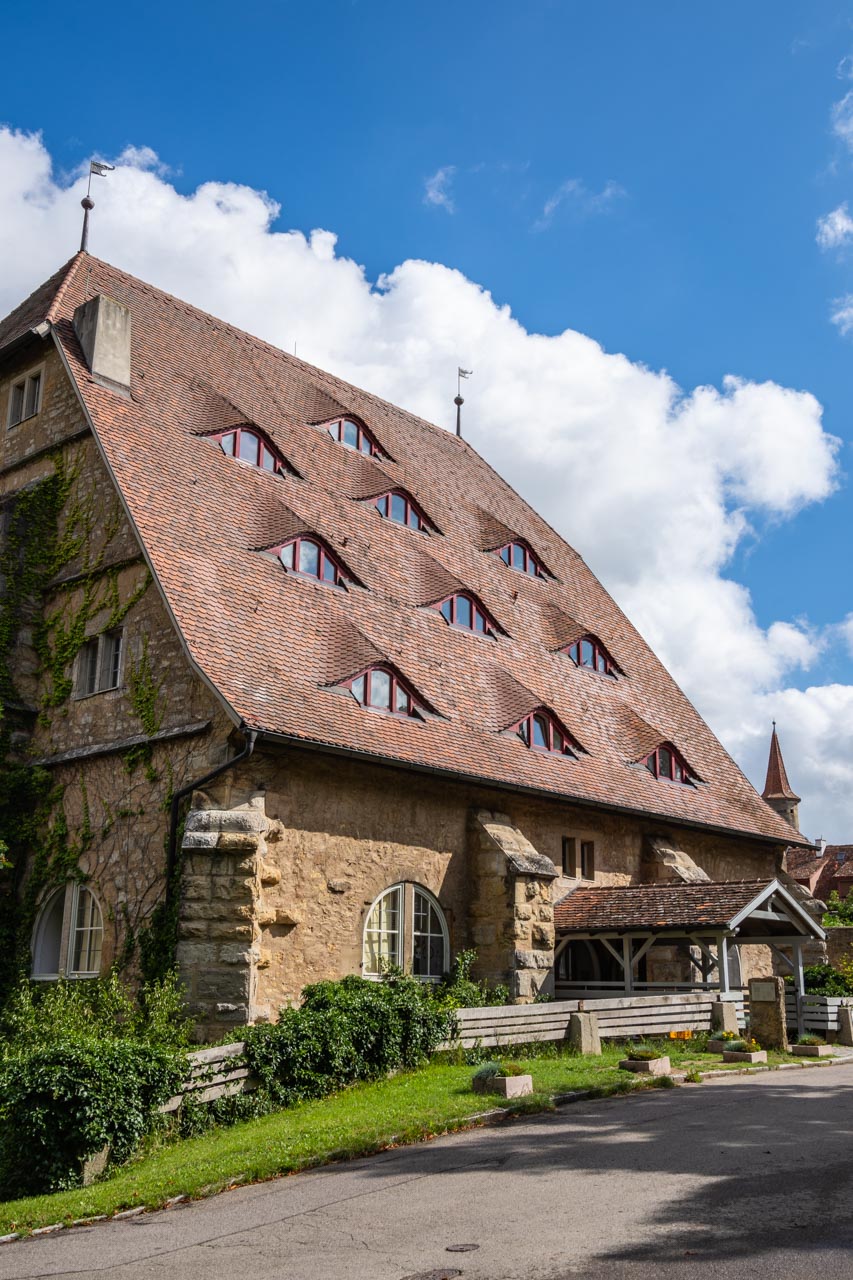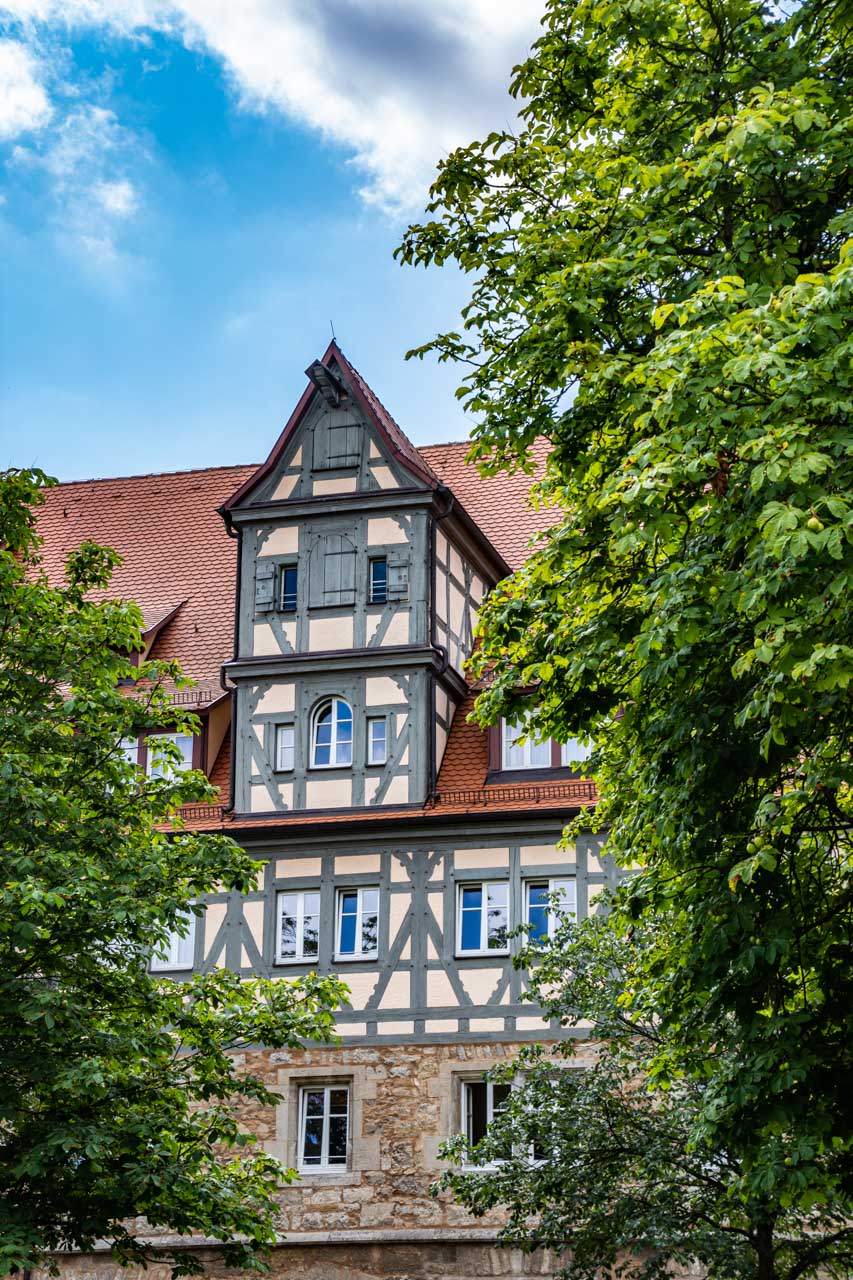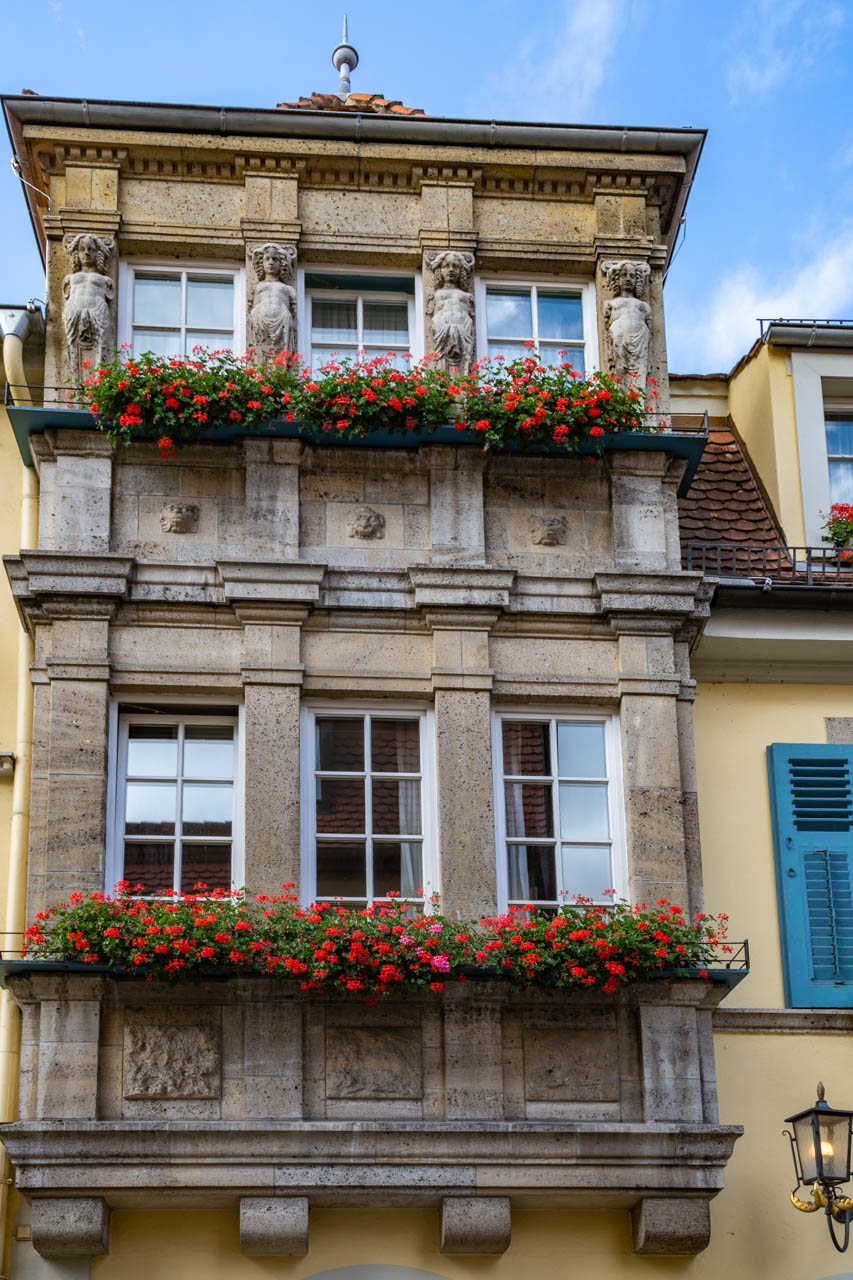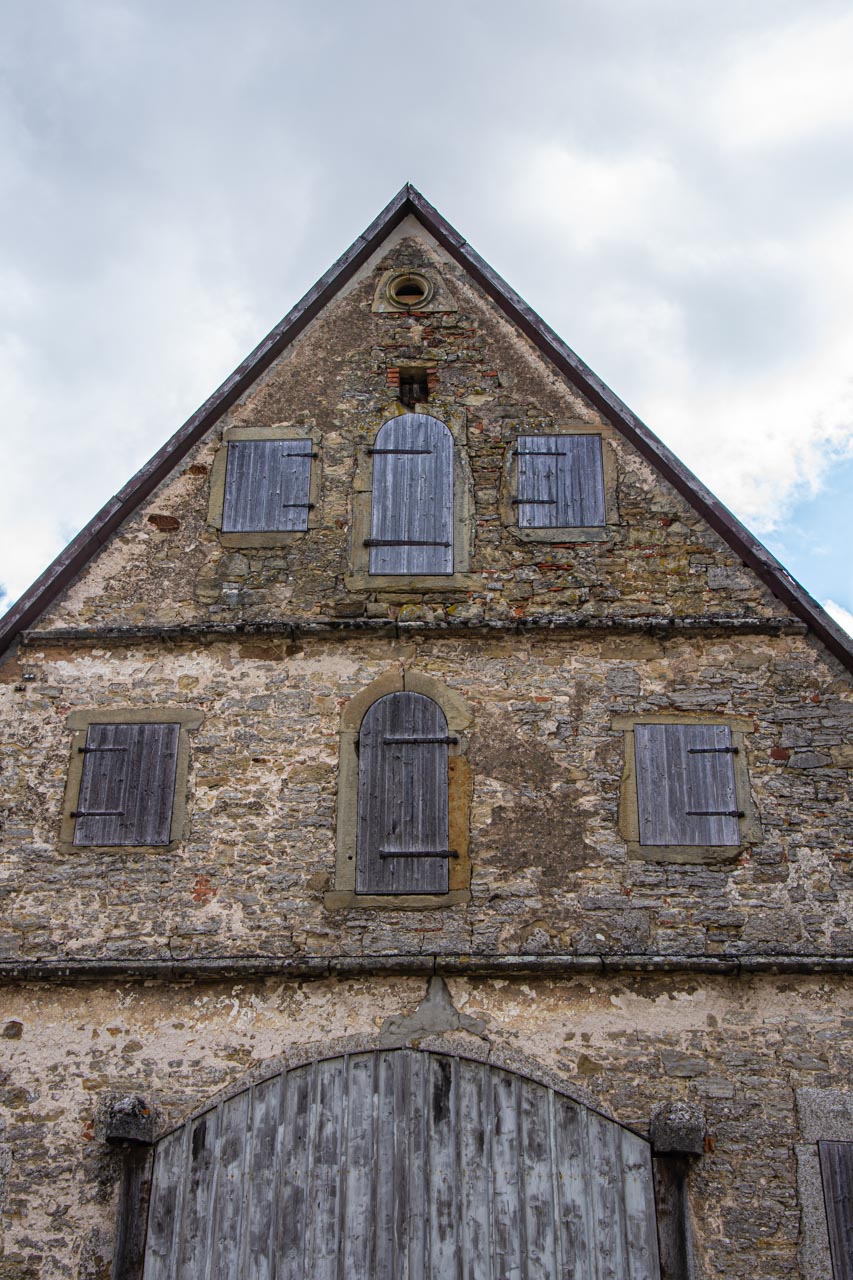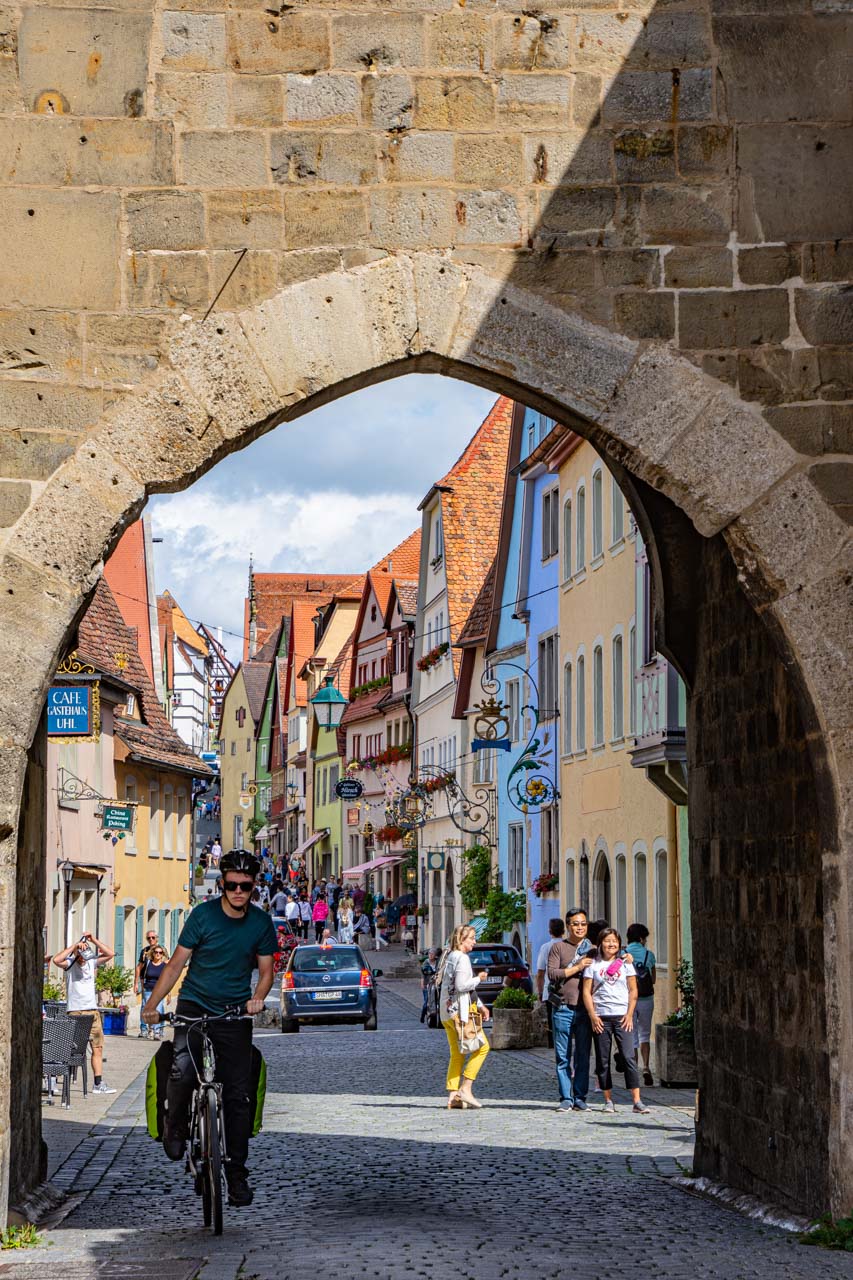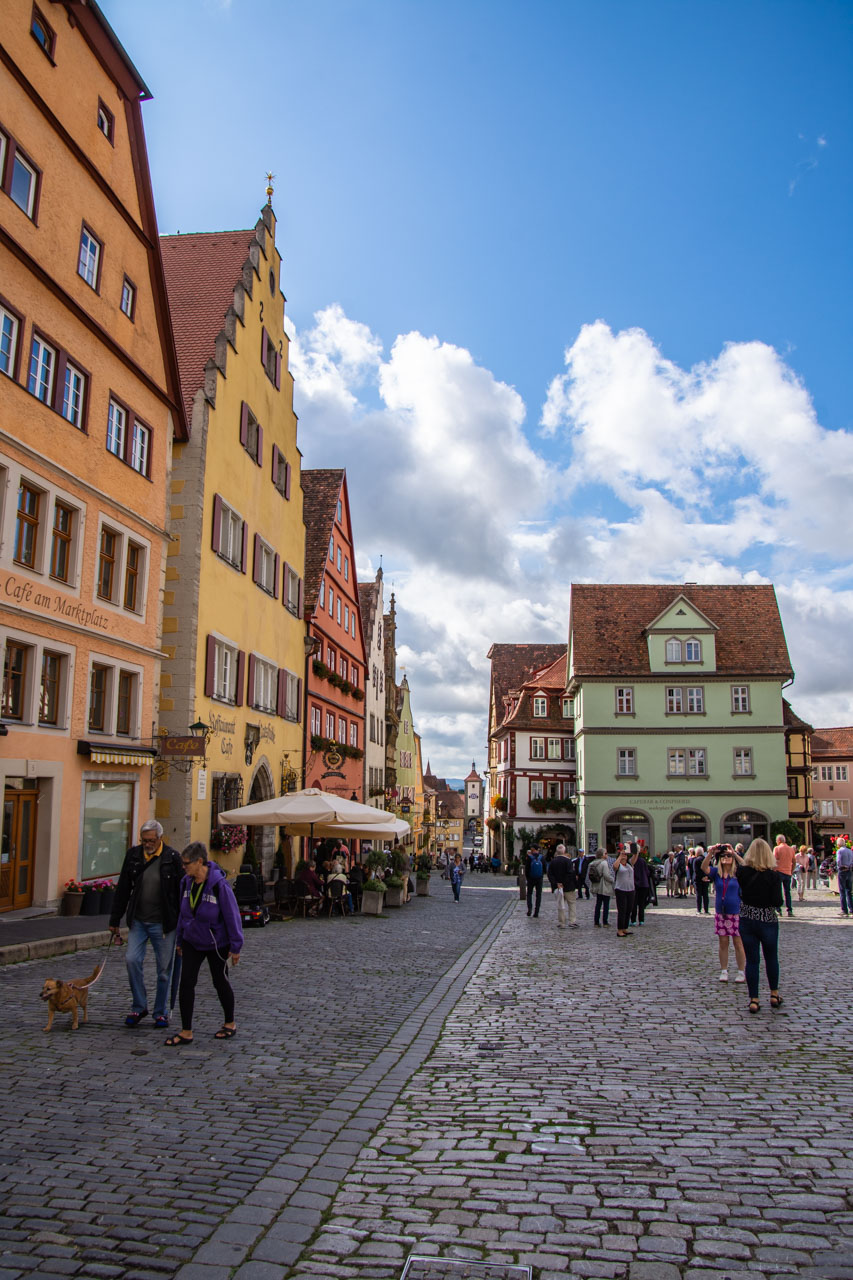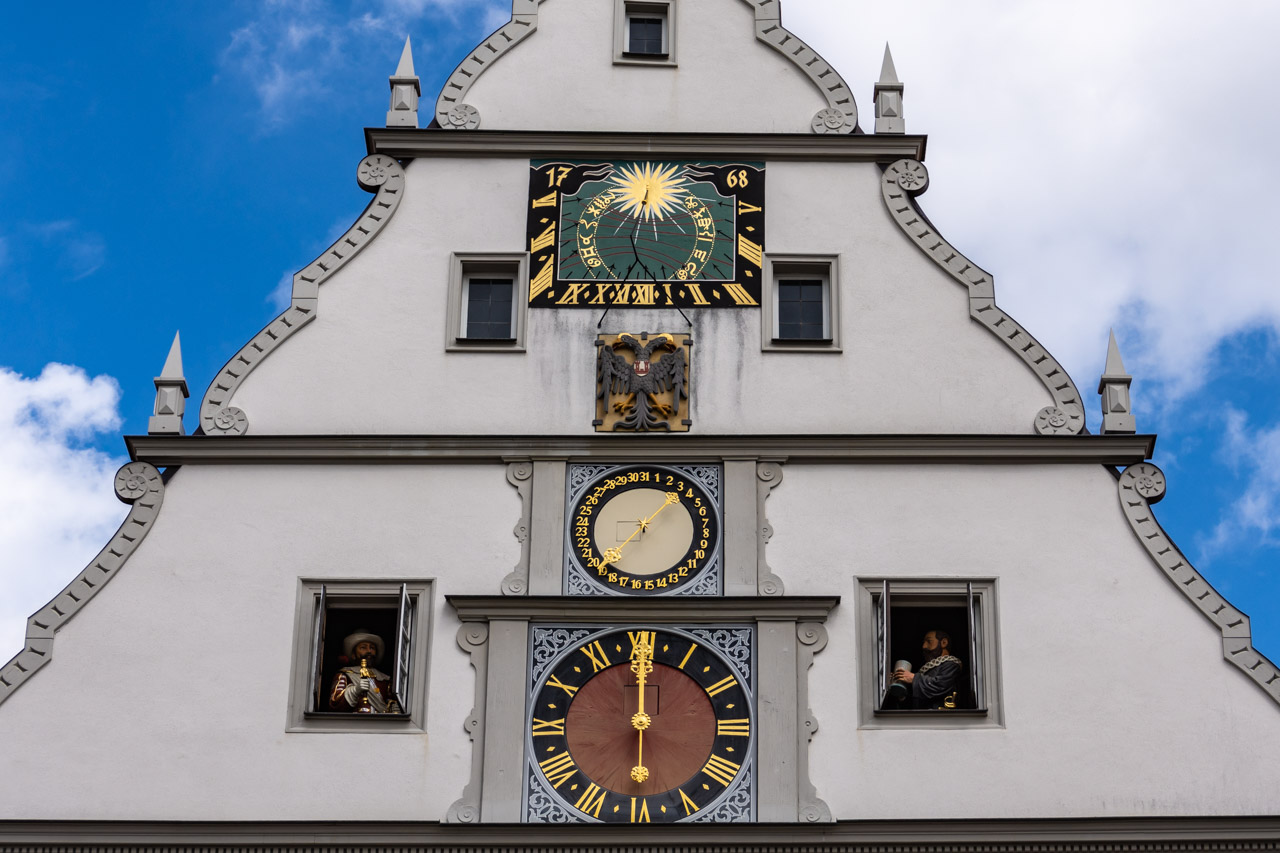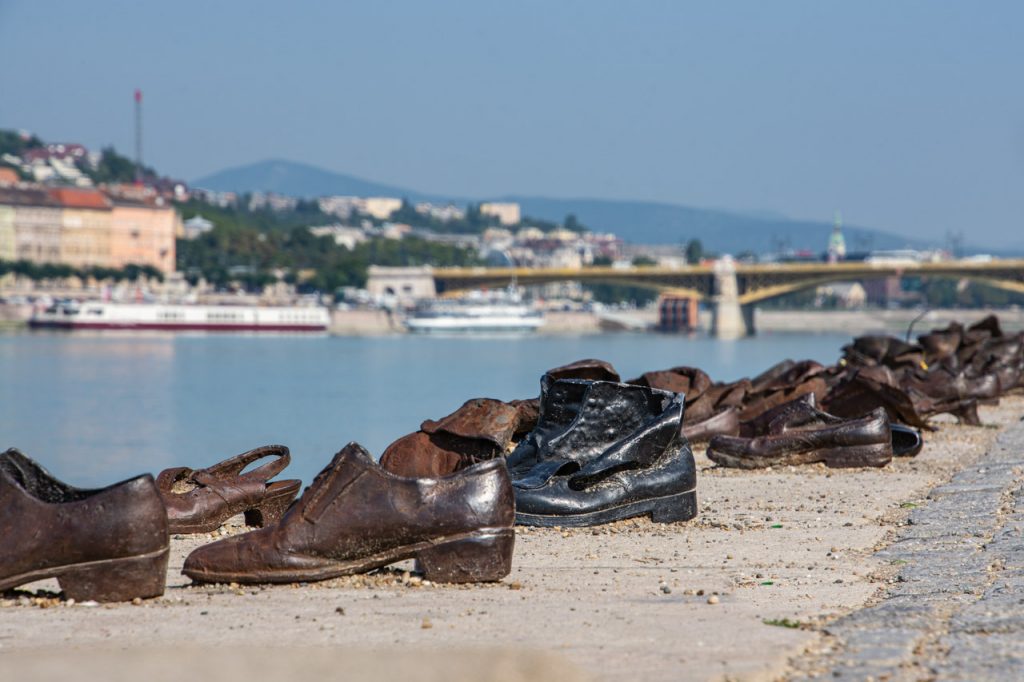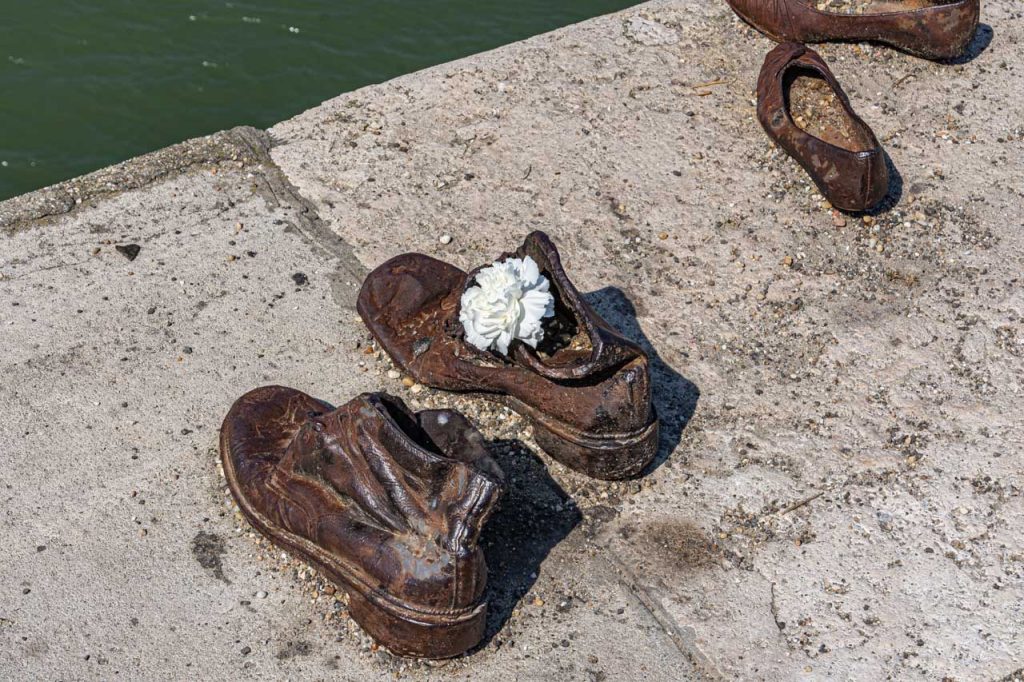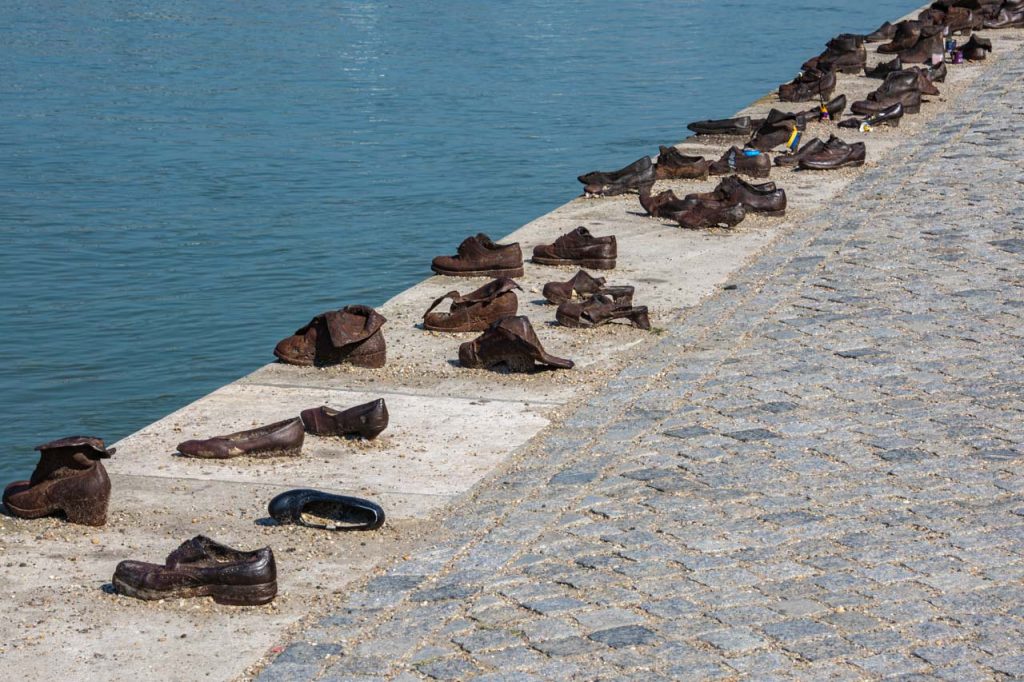Embark on an Unforgettable Journey on France’s Canal du Midi and Experience Extraordinary Engineering Feats That Are Works of Art. What do you know about the Canal du Midi? …
Embark on an Unforgettable Journey on France’s Canal du Midi and Experience Extraordinary Engineering Feats That Are Works of Art.
What do you know about the Canal du Midi?
Set against the picturesque landscape of southern France, the Canal du Midi is a serene waterway and a testament to human creativity and engineering brilliance. Prepare to be awe-struck by three engineering marvels that have stood the test of time and captivated all who encounter them.
In this travel blog post, I invite you to join me on a journey uncovering the stories behind the three remarkable wonders of human ingenuity I discovered when sailing from Marseillan to Salleles d’Aude on a hotel barge on the historic Canal du Midi: the masterfully constructed Orb Aqueduct that defies gravity, the intricately designed seven-step Fonserannes Locks that challenge navigation skills, and the mystical Malpas Tunnel that channels the canal through a hill.
I am not an engineering expert, but crossing the Orb Aqueduct, climbing the Fonserannes Locks, and traversing the Malpas Tunnel were extraordinary experiences and unforgettable highlights of my barge cruise on the Canal du Midi with European Waterways. They have left a lasting impression on me that I want to share with you, and I hope you get to experience them for yourself.
The Canal du Midi
The Canal du Midi in southern France was constructed between 1666 and 1681 by the 17th-century canal engineer Pierre-Paul Riquet. It is considered one of the most significant construction works of the 17th century and is one of the oldest canals still in use in Europe. The Canal du Midi was designated a UNESCO World Heritage Site in 1996.
The Canal du Midi runs for 240 kilometres from the Etang de Thau, a sheltered lagoon behind the Mediterranean port of Sete, to Toulouse, where it joins the Canal de Garonne – connecting the Mediterranean Sea to the Atlantic Ocean. The Etang de Thau at Marseillan was the starting point for my barge cruise on the Canal du Midi with European Waterways.
I cruised the Canal du Midi on European Waterway’s first-class, eight-passenger hotel barge, the Adjodi. The section of the Canal du Midi we cruised included three impressive 17th-century engineering feats – the Orb Aqueduct, Fonserannes Locks, and Malpas Tunnel. But you don’t need to be an engineer to appreciate, enjoy, and be thrilled by these wonders of the Canal du Midi.
Orb Aqueduct
A photo of a barge navigating the Orb Aqueduct (Pont-Canal de l’Orbat) at Beziers in southern France has always been my ‘vision’ of the Canal du Midi and one of the reasons I wanted to do a barge cruise on the canal. No other image of the Canal du Midi was more iconic than the Orb Aqueduct.
The Orb Aqueduct is a one-lane bridge carrying the Canal du Midi over the Orb River. At 240 metres long, 28 metres wide, 12 metres high, and with seven arches, the Orb Aqueduct is one of the largest aqueducts in France and the largest on the Canal du Midi. Prior to the opening of the Orb Aqueduct in 1858, the Canal du Midi traversed a short, treacherous section of the Orb River that would sink boats or leave them stranded for weeks due to its unpredictable flow. Building the aqueduct allowed boats to bypass the dangerous Orb River safely.
The aqueduct carries the canal in a masonry trough sealed with a layer of concrete. The concrete seal was replaced in 1951; otherwise, the original structure still exists. You can walk the length of Orb Aqueduct as there is a towpath on both sides.
The Orb Aqueduct was classified as a National Historical Monument in 1962 and was listed as a World Heritage Site by UNESCO in 1996.
Fonserannes Locks
Locks are an integral part of any barge cruise, and on the Canal du Midi, I got my gratifying fill of them. However, none would raise my excitement or sense of adventure as much as the seven-rise lock staircase of Fonserannes (also known as the Fonserannes Locks or the Fonserannes Staircase) near the town of Beziers.
When the Canal du Midi was constructed in the 17th century, Pierre-Paul Riquet had to overcome the problem of crossing the Orb River, which was 48 metres higher than the natural course of the canal waterway. The answer was the Fonserannes Lock Staircase, a staggering feat of engineering and very impressive, even to my untrained eye. It is one of the features that led to the Canal du Midi being declared a UNESCO World Heritage Site in 1996.
Fonserannes Lock Staircase is a 312-metre-long water staircase, allowing boats and barges to negotiate a 25-metre gradient by passing through seven oval-shaped lock chambers and eight gates. There is an eighth chamber, but it is no longer in use. Boats are raised (or lowered) 21.5 metres over a distance of 300 metres, with the deepest rise (or drop) over six metres.
We approached the Fonserannes seven-rise lock staircase from the Orb Aqueduct and travelled up the lock staircase. Our barge captain took over 30 minutes to negotiate the boat’s climb through the seven chambers. The force and speed at which the water rushes into the chamber when a gate opens is astounding.
One lock chamber must have been particularly challenging because going under the bridge that spanned the gate dislodged the height indicator pole (a red flag on a pole on the boat’s bow). As I understand it, the lockkeeper allowed too much water to enter the lock, making the water in the chamber higher than it should have been. Our captain had to duck very low to ensure his head didn’t connect with the bridge.
We stopped for the night at the top of Fonserannes Staircase Locks. So, I took the opportunity to walk the towpath back to the Orb Aqueduct, an easy, flat 20-minute walk.
Malpas Tunnel
The Malpas Tunnel, between Bezier and Capstang on the Canal du Midi, was the first tunnel ever dug for a canal. The tunnel was excavated in 1679 in secret by the canal’s chief engineer, Pierre-Paul Riquet, as the Prime Minister had stopped the plan to dig a canal tunnel through Enserune Hill because initial excavations revealed the tunnel was liable to collapse due to the hill being brittle sandstone. Over 300 years later, the Malpas Tunnel is still navigable! And there is now even a railway tunnel ten metres below the canal tunnel, built nearly 200 years later!
Local folklore has it that after the completion of the Malpas Tunnel, one of the workers built a small nook inside the tunnel’s ceiling and lived there as a hermit. When barges passed through the tunnel, the crew threw bread into the opening for the hermit. Barge crews still sometimes throw a piece of bread into the opening of the nook as a “gift for the hermit”.
Our captain did not throw bread into the opening in the ceiling, but he did play the finale of Tchaikovsky’s 1812 Overture (at least, I think that was what it was). I did not fathom the relevance of this, but the music sounded incredible and very dramatic as it echoed off the tunnel walls.
Canal de Jonction
I want to leave you with my favourite photo I took on the Canal du Midi barge cruise. It is not the Canal du Midi per se but taken when we stopped for the night at Salleles d’Aude on the Canal de Jonction. The Canal de Jonction is a shortcut from the Canal du Midi to the Canal de la Robine. It was early morning, the water was milk-pond still, and the reflections of our barge and the trees lining the canal created an unforgettable image.
Reflecting on my journey along the Canal du Midi, I am in awe of the ingenuity and determination that brought these three remarkable engineering marvels to life. The Orb Aqueduct is a testament to the courage of human vision, carrying the canal over the valley below. The Fonserannes Locks remind us of our ability to conquer and harness the raw forces of nature. And then there is the Malpas Tunnel, a hidden passage shrouded in history and mystery carved through solid rock.
As you traverse the tranquil waters of the Canal du Midi, it’s impossible not to be humbled by the visionaries who conceived these extraordinary structures. Their dedication to crafting a passage that conquered natural obstacles while blending with the landscape continues to inspire admiration centuries later.
Whether you’re a history buff, an engineering enthusiast, or a traveller searching for unique experiences, the Canal du Midi’s engineering marvels promise an unforgettable journey.
Disclaimer: This post contains no affiliate links. All views and opinions are my own and non-sponsored. All photos are my own and remain the copyright of Just Me Travel.
© Just Me Travel 2018-2023.
Leave a comment below. I look forward to reading and responding to your comments on the Canal du Midi and its engineering marvels.
Like this post? Save it for later!
Author’s Note: Please check the latest travel restrictions before planning any trip and follow government advice.
You might also like

